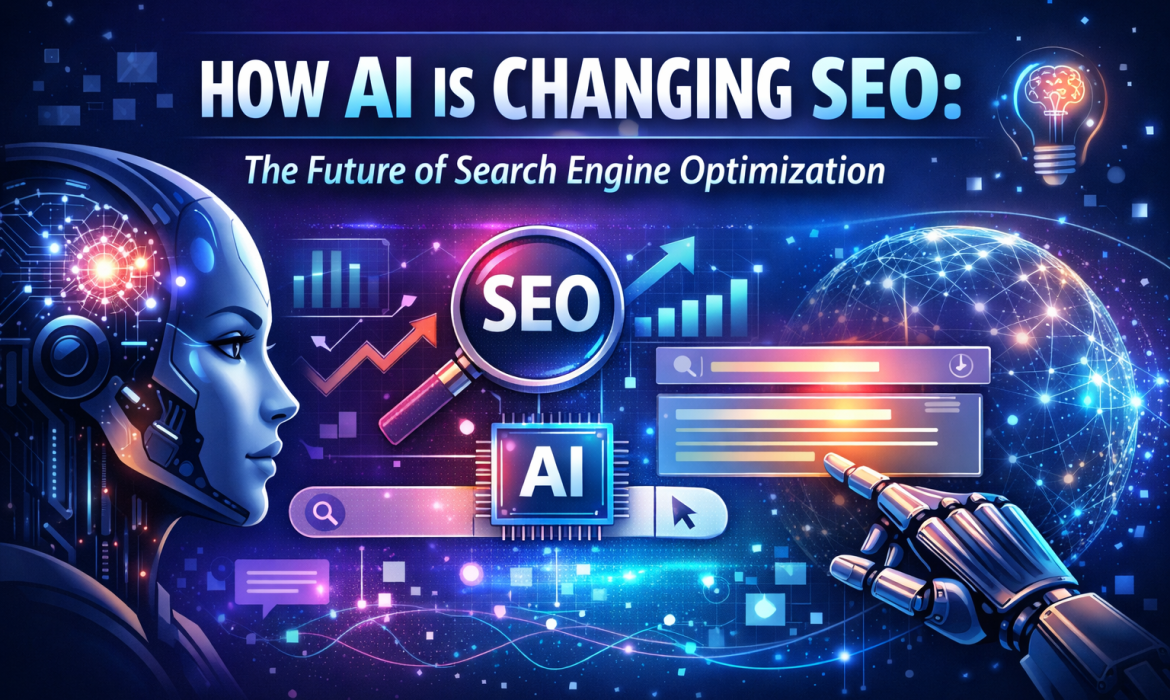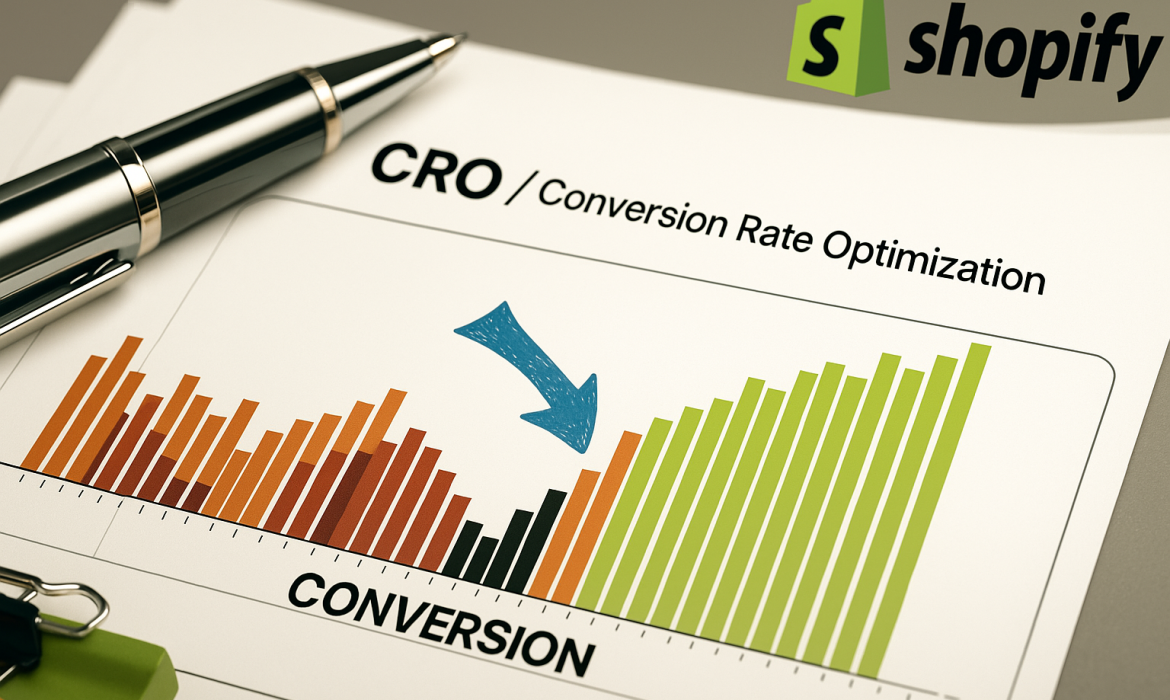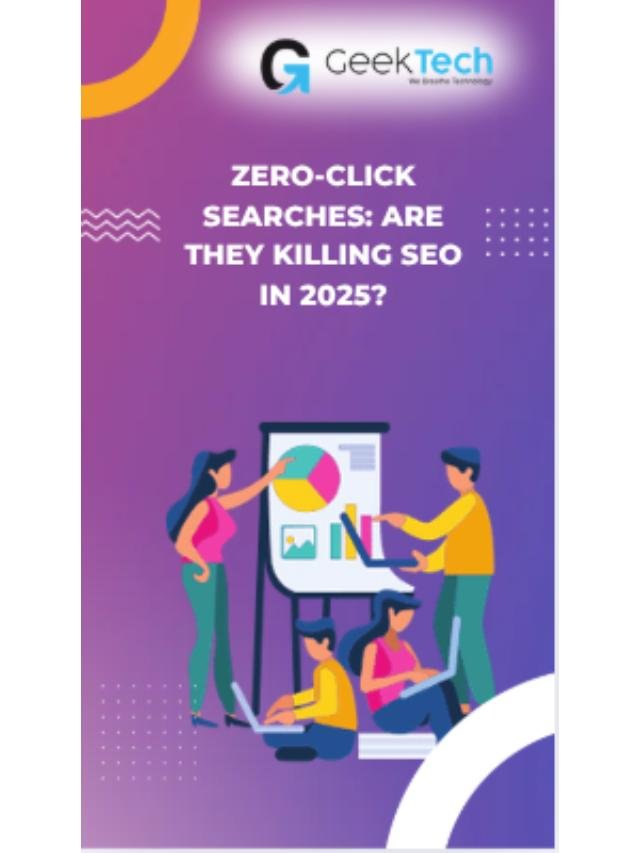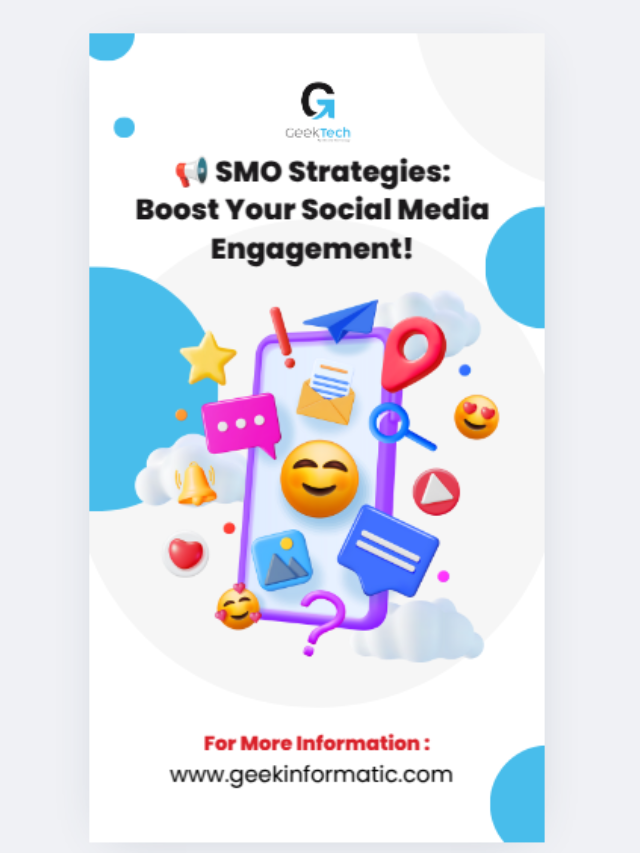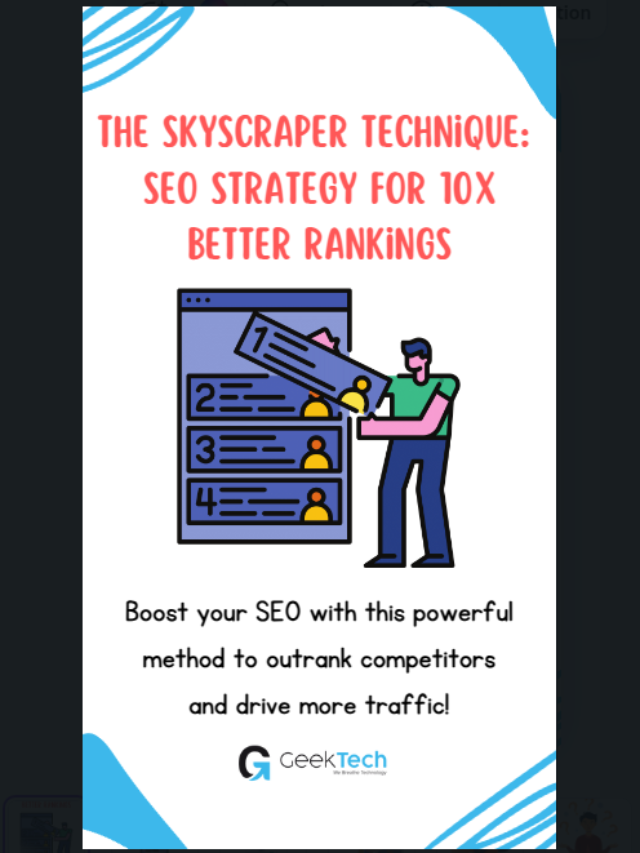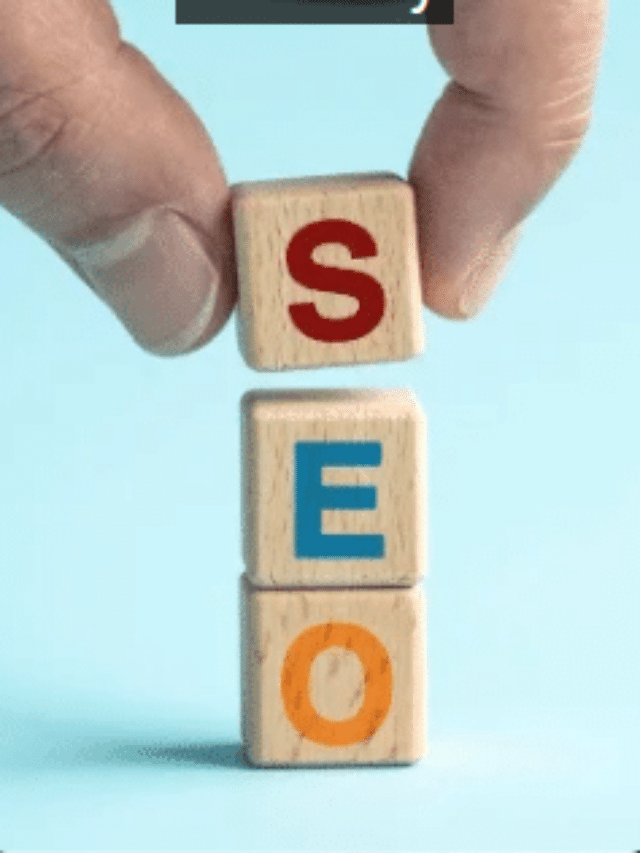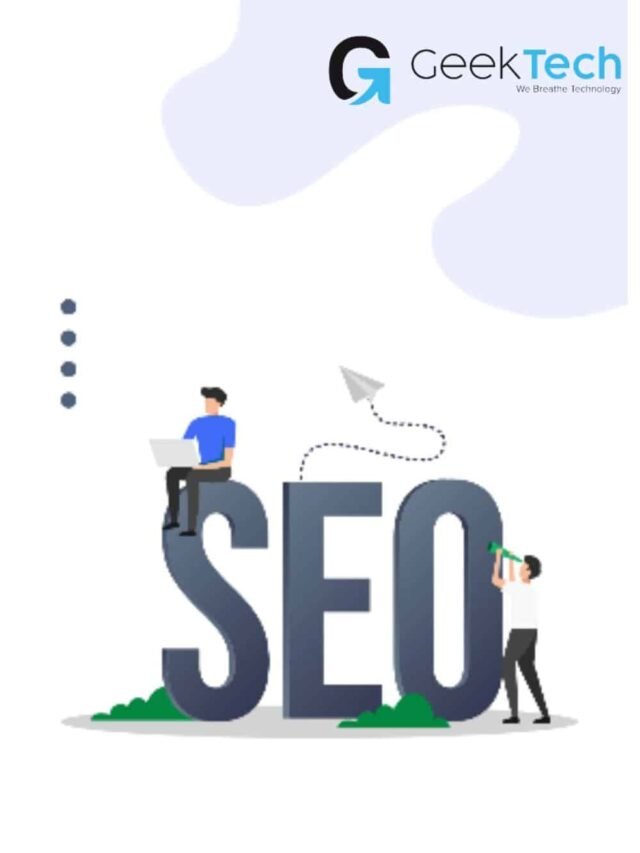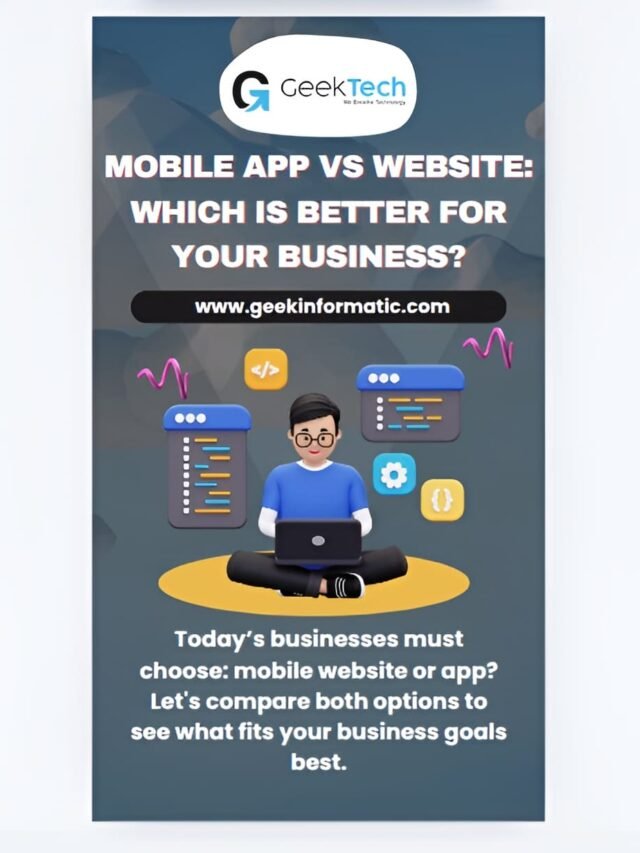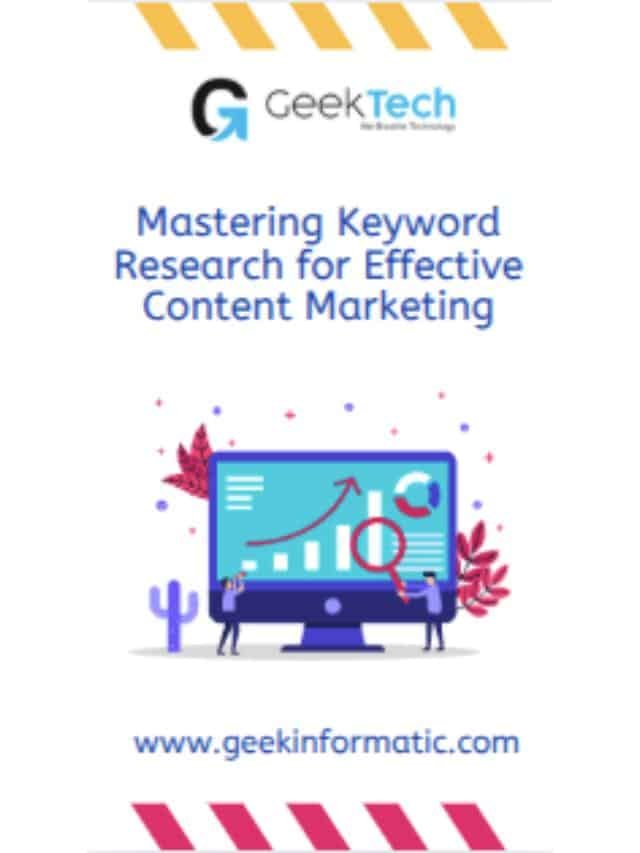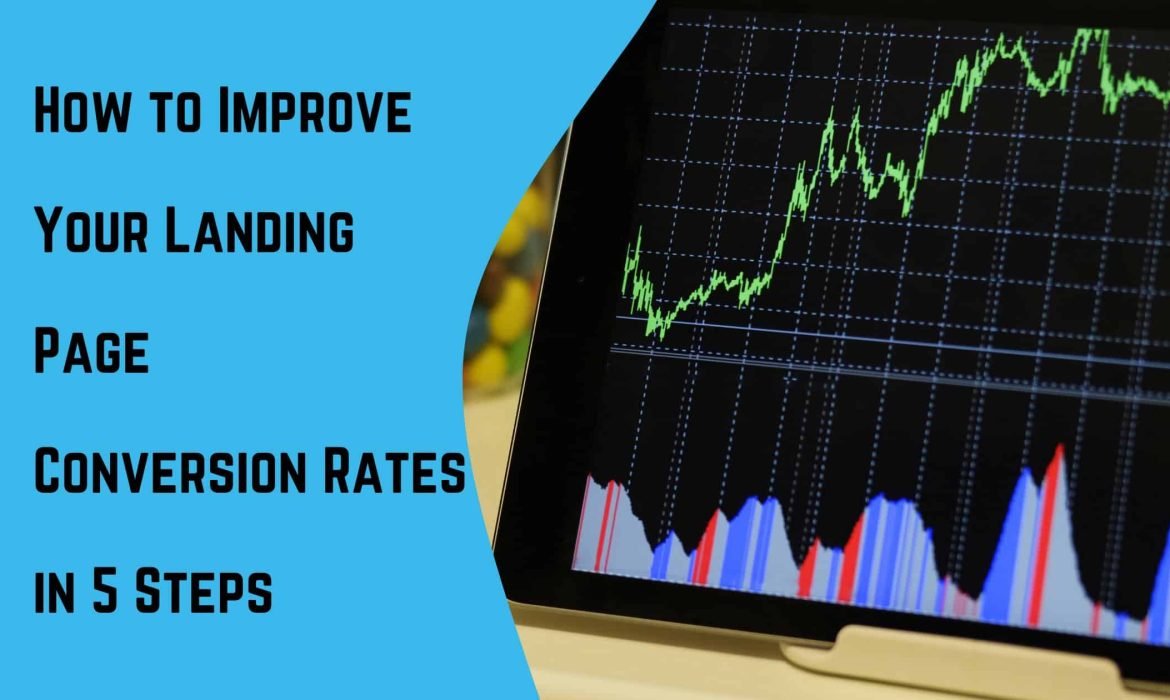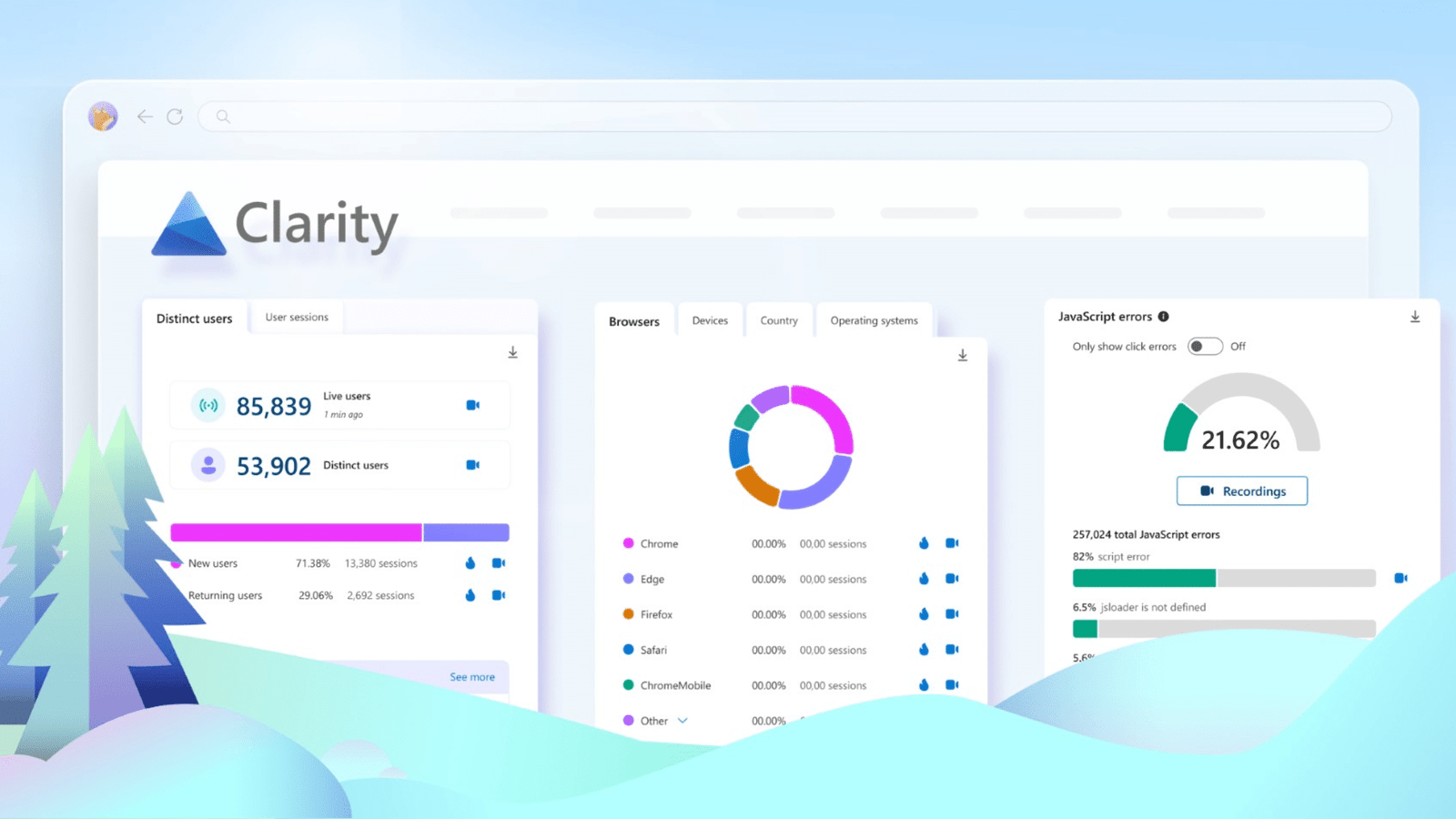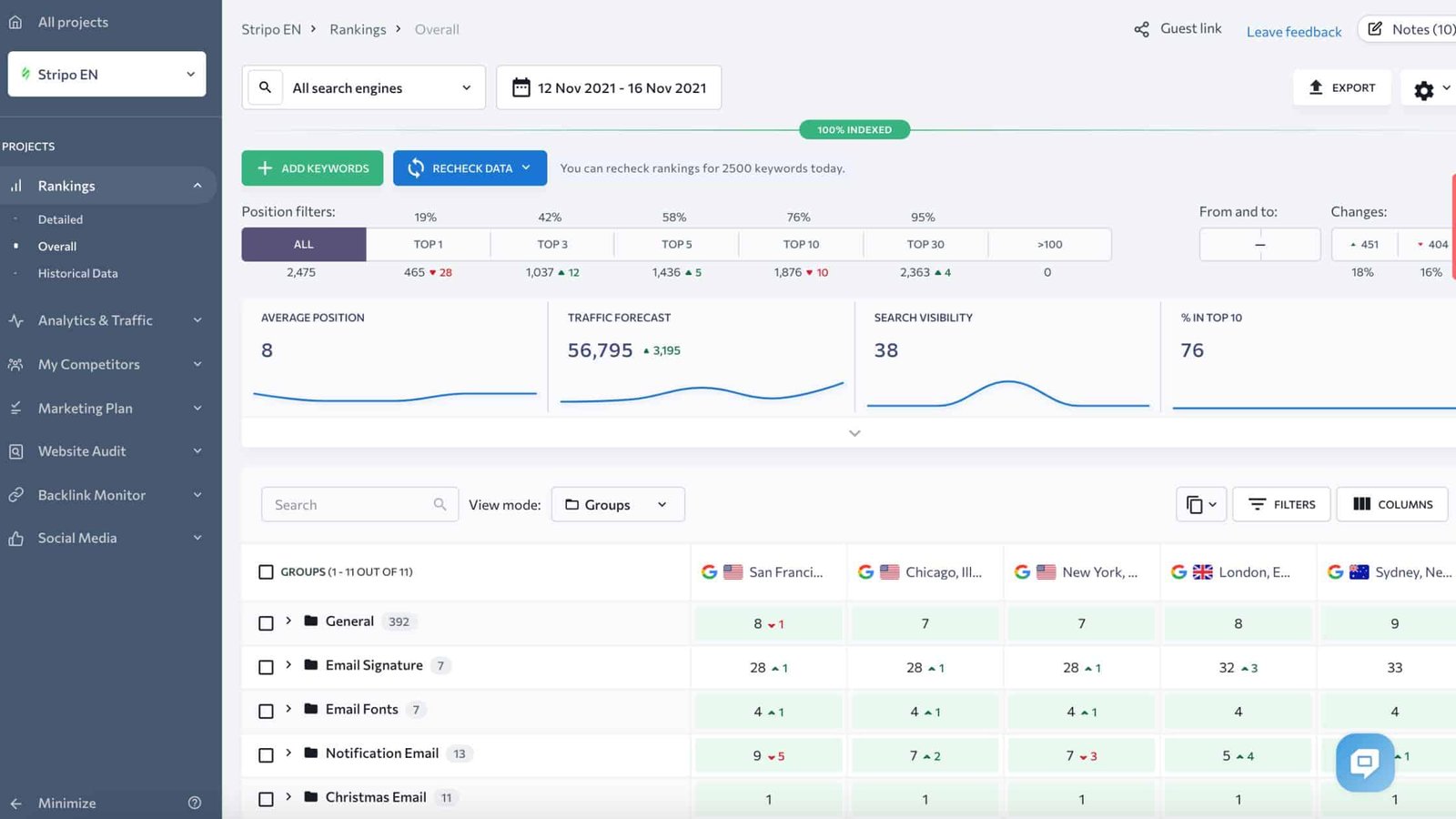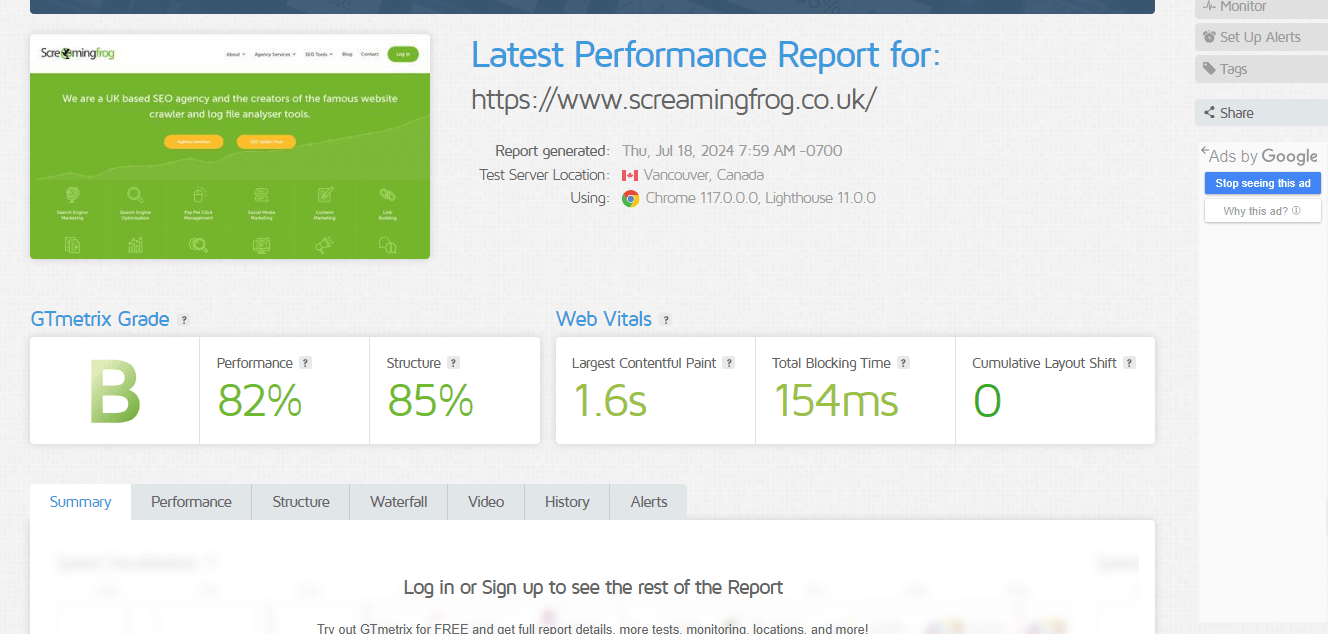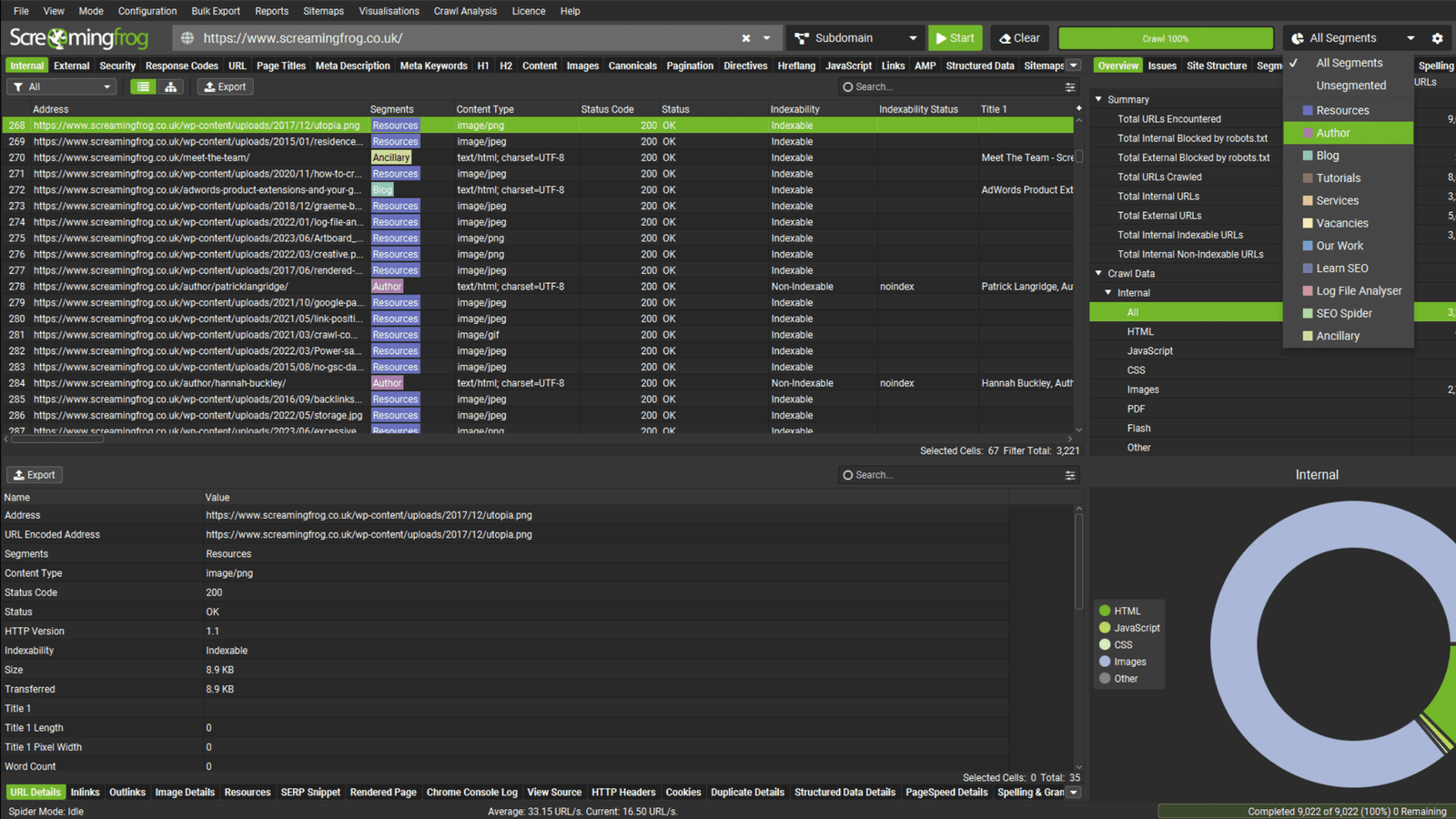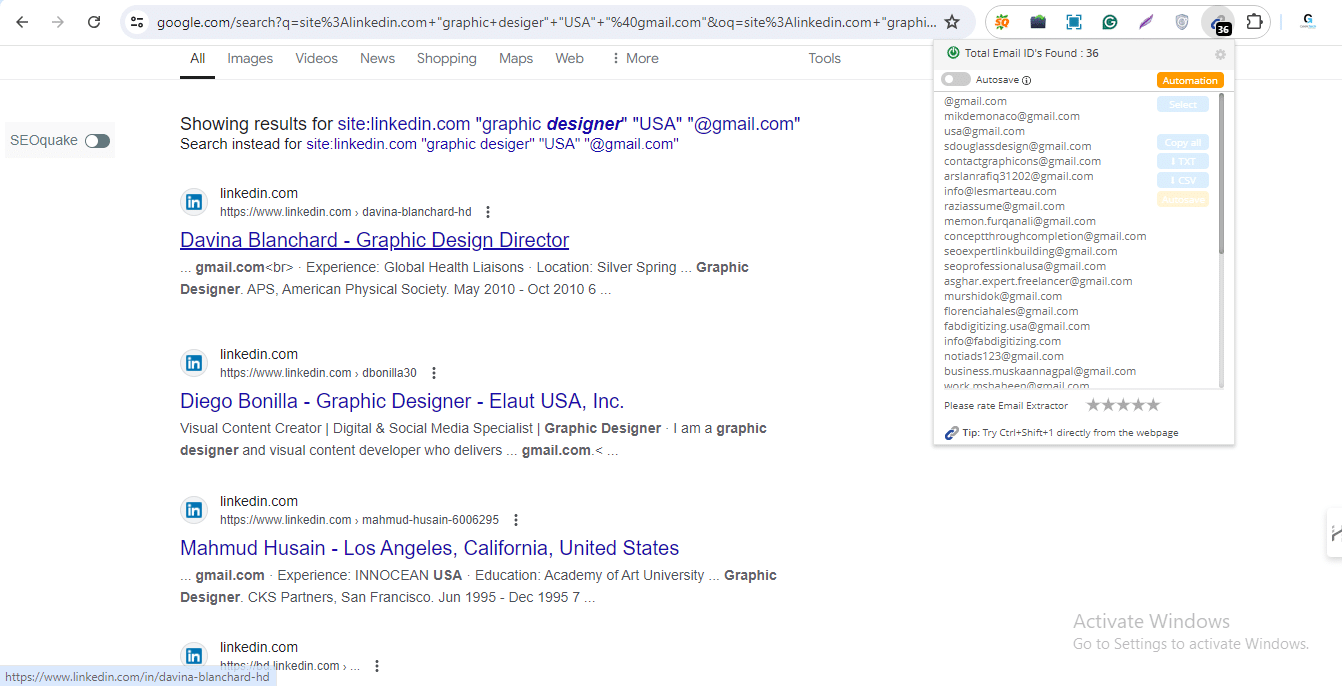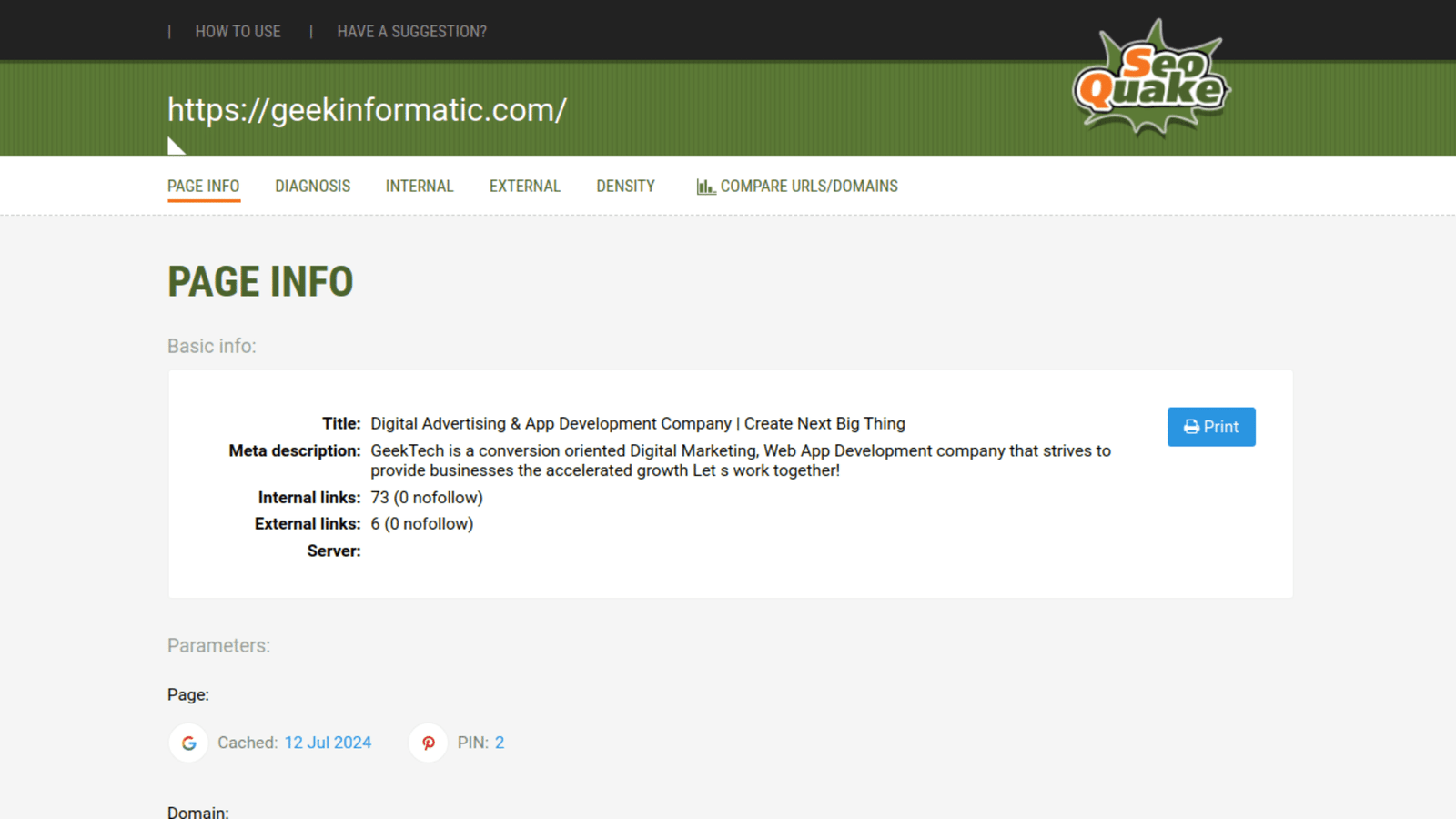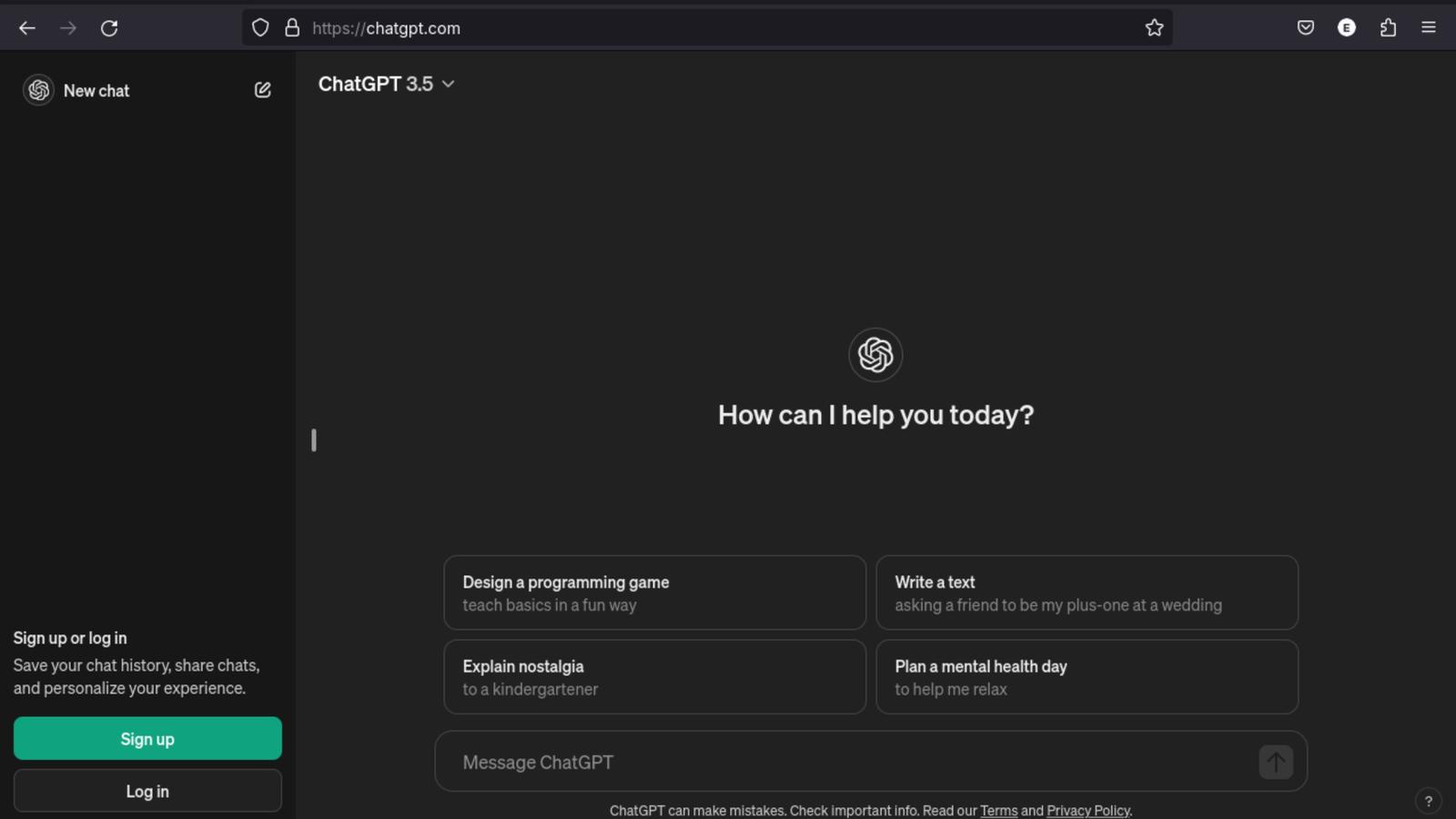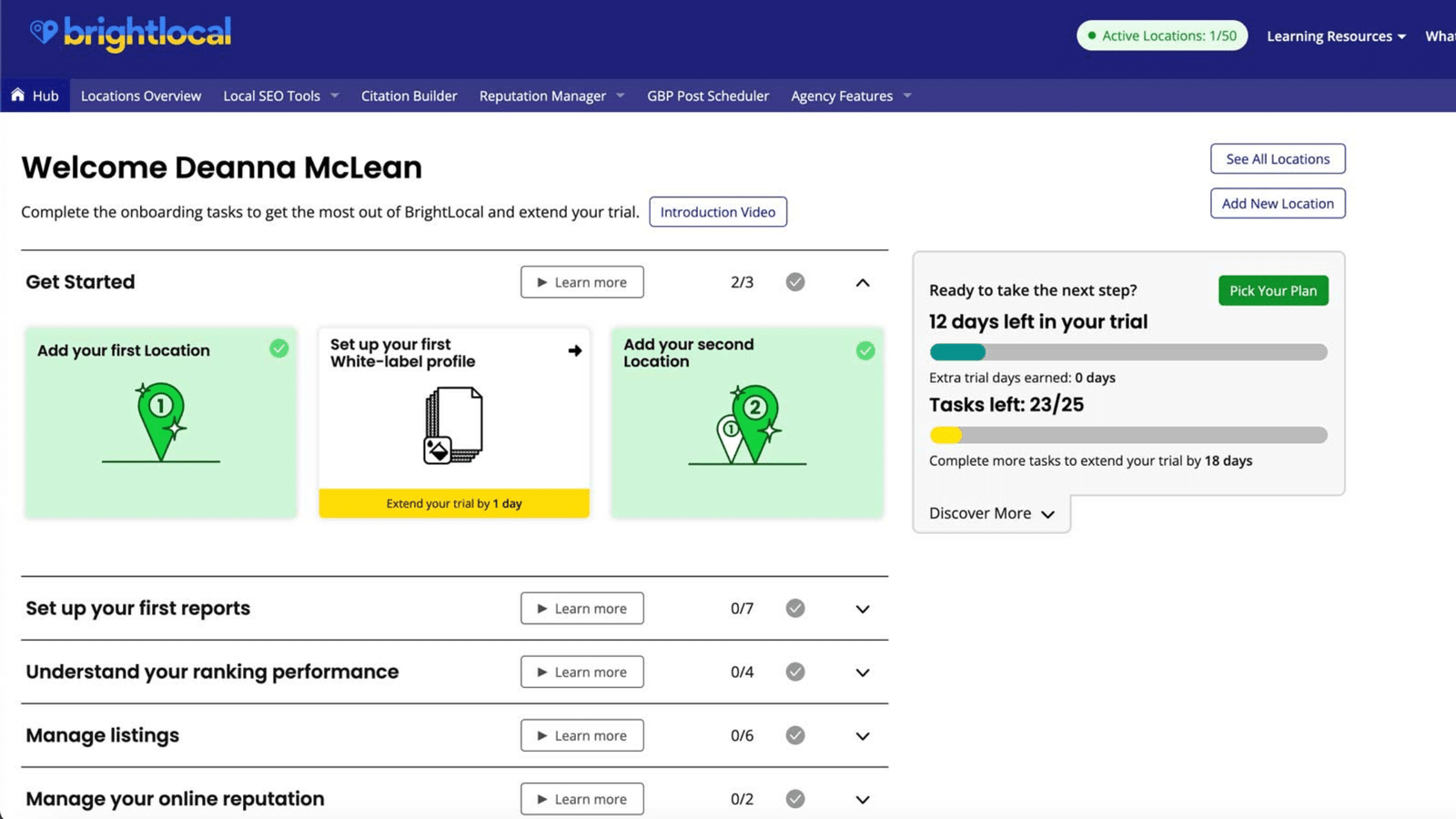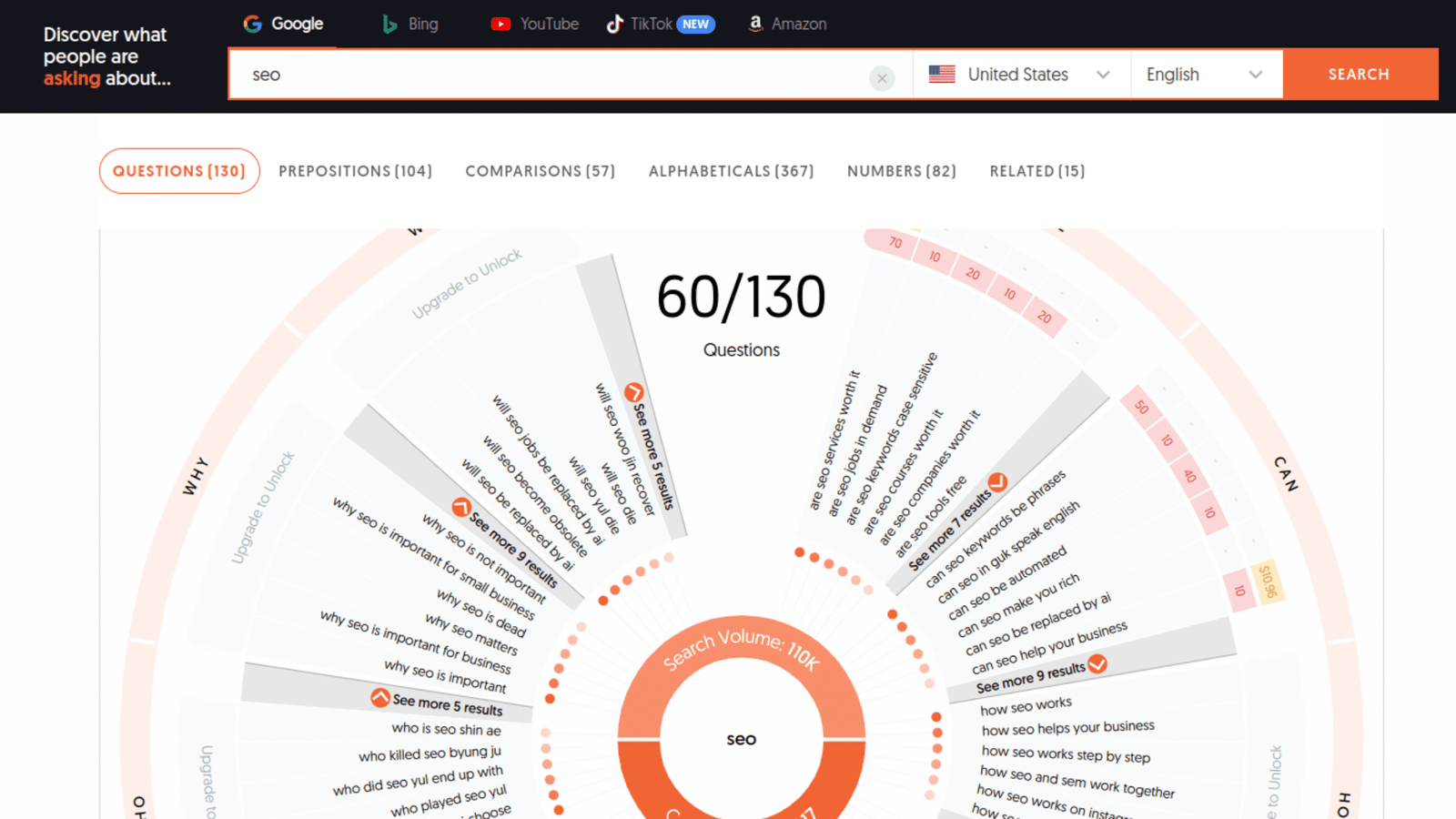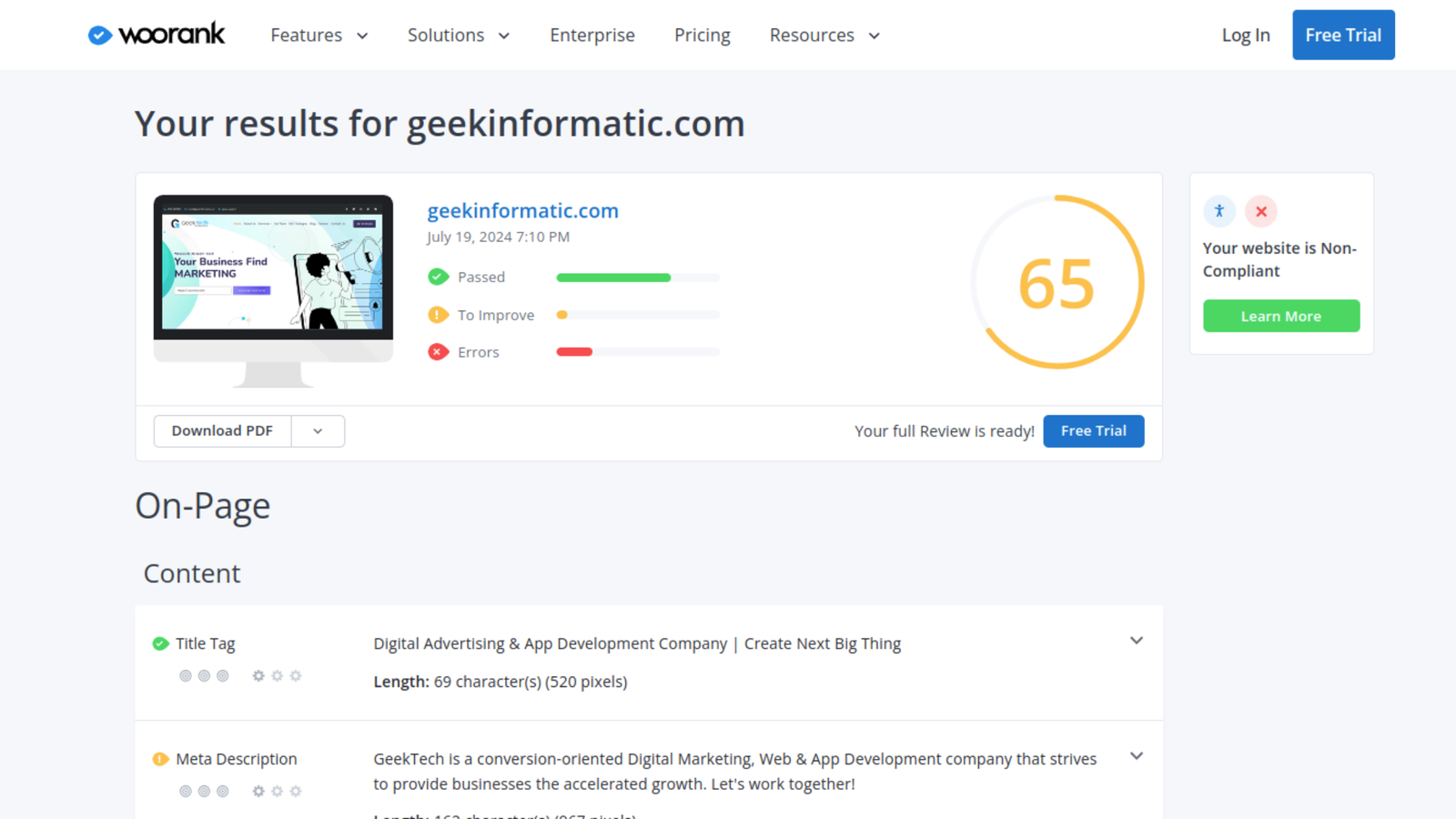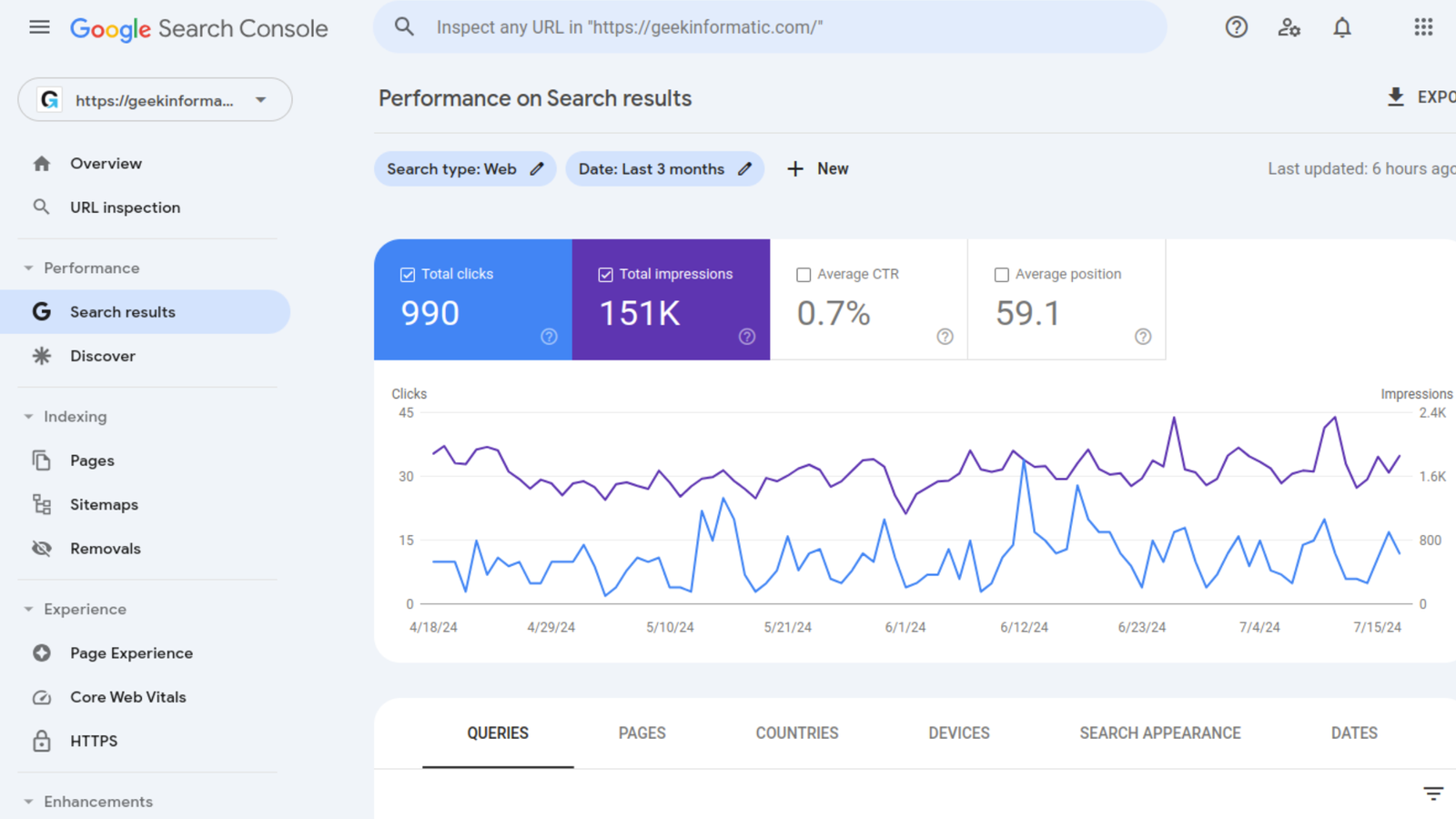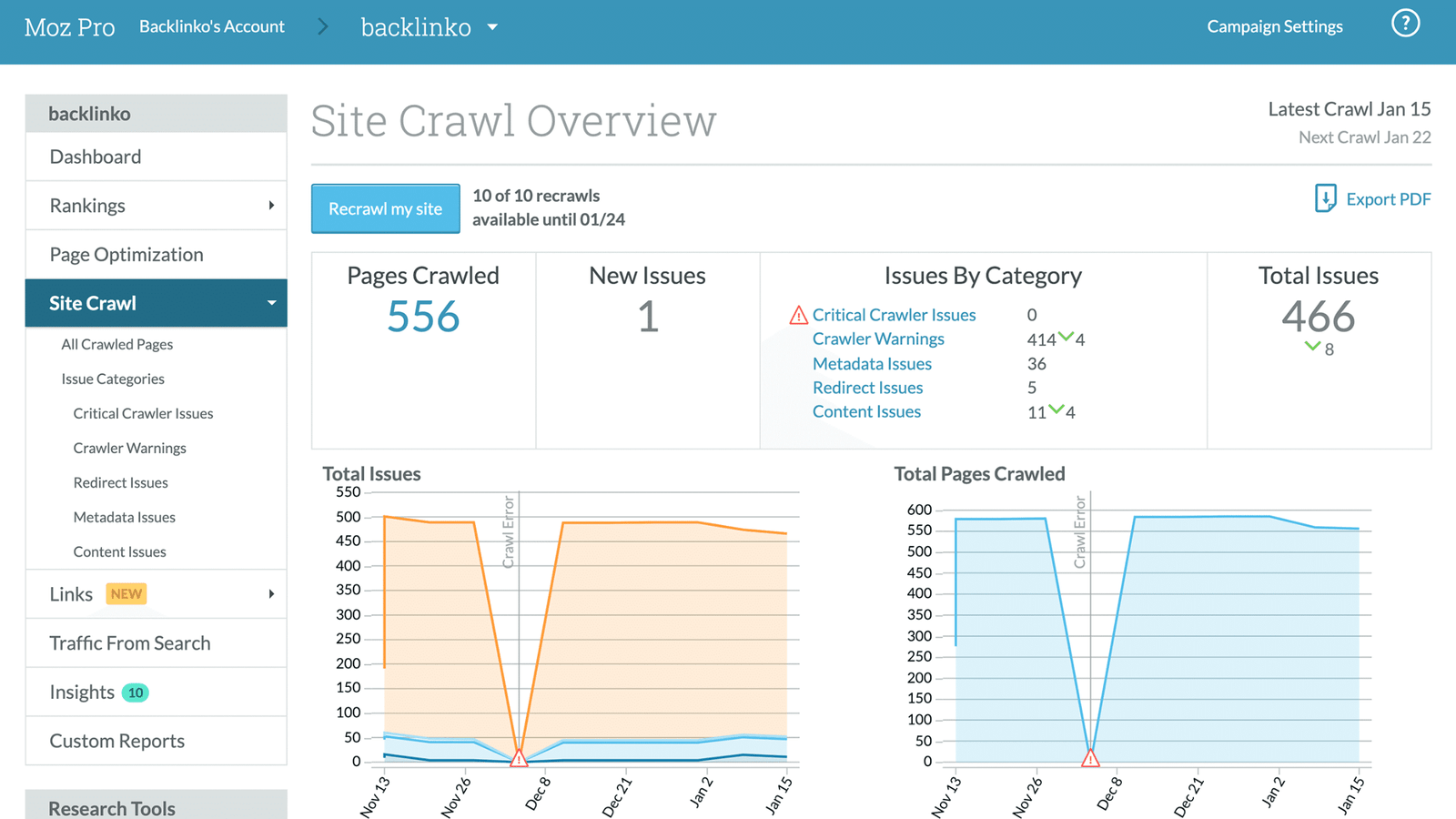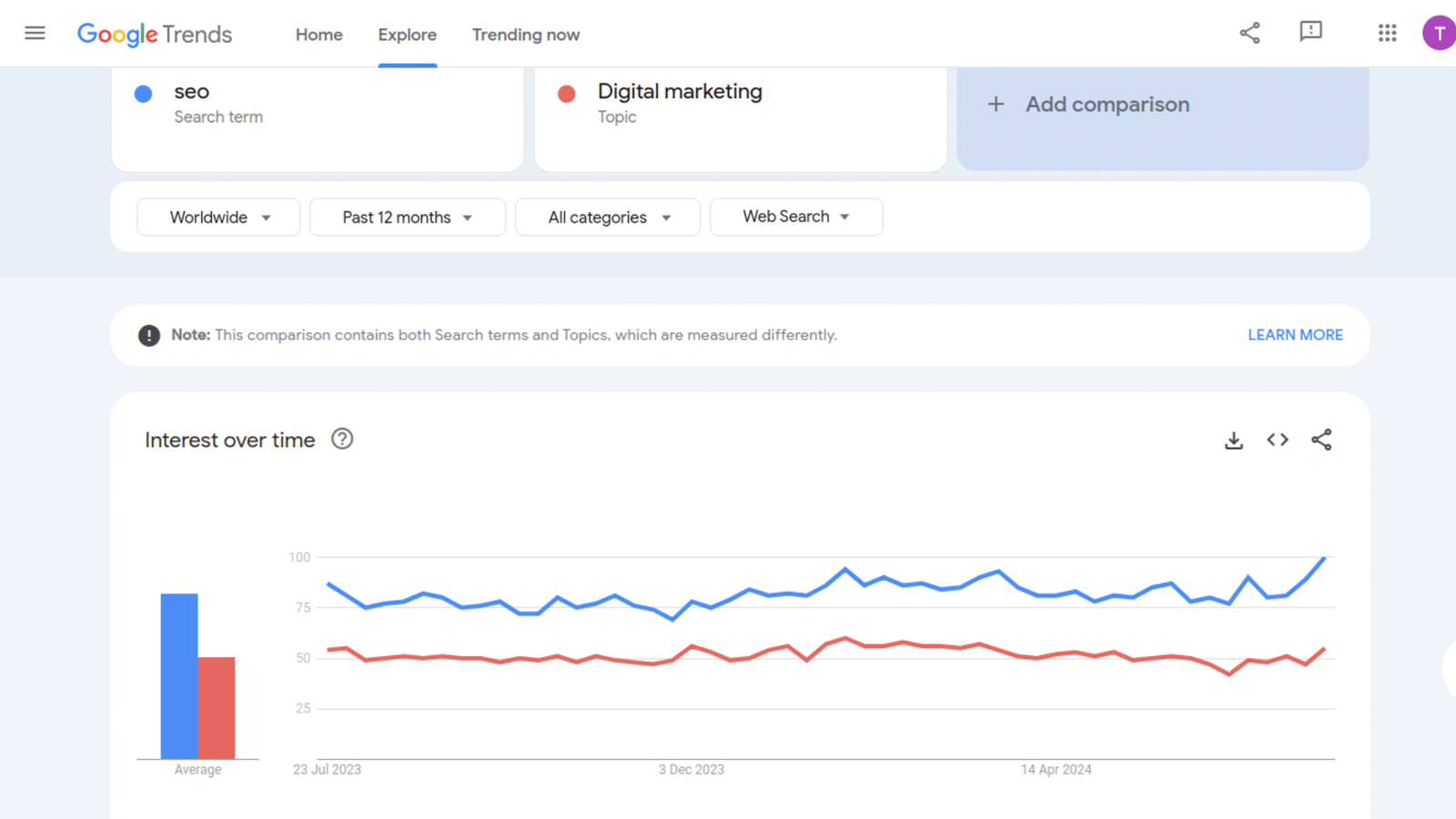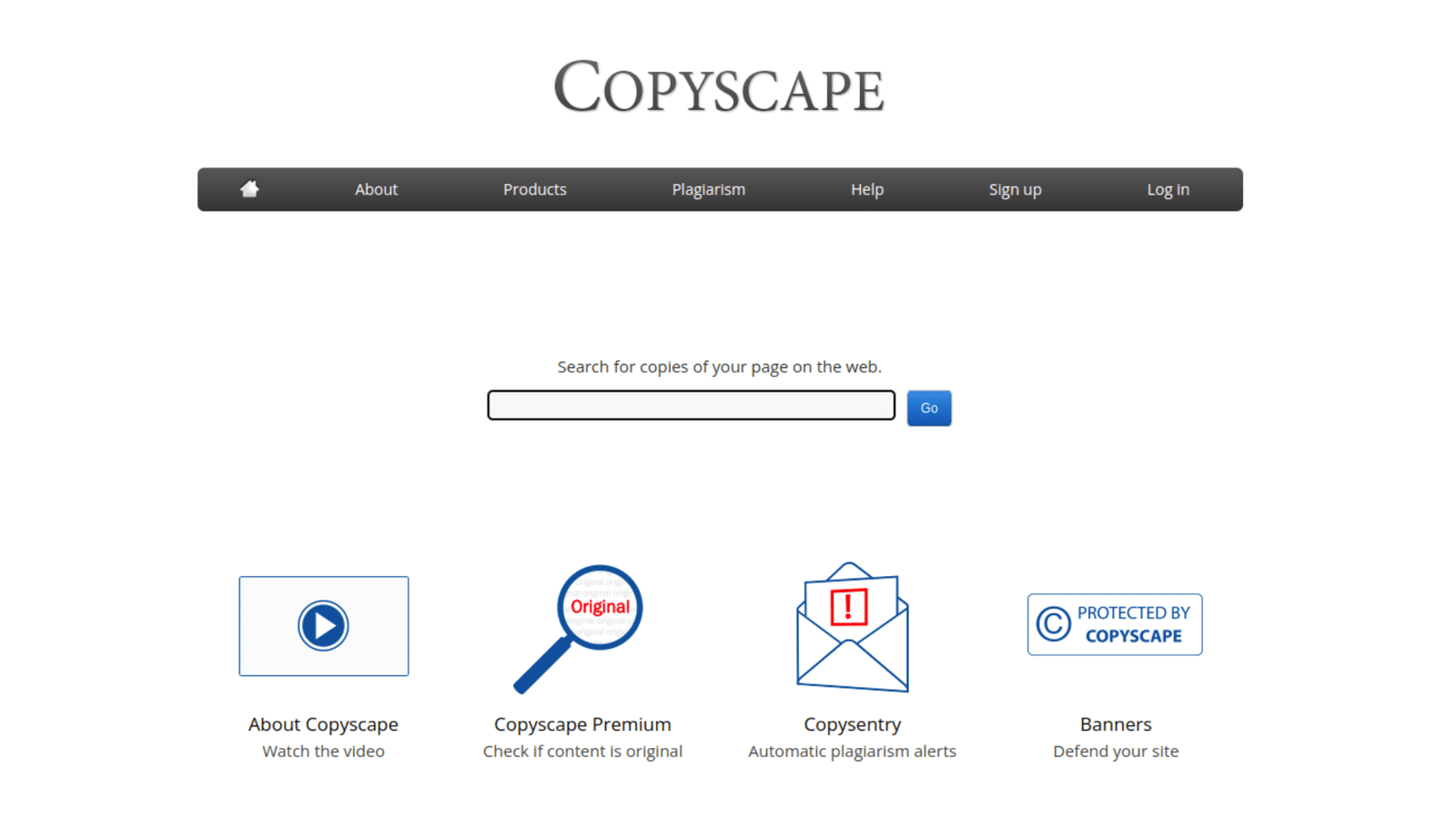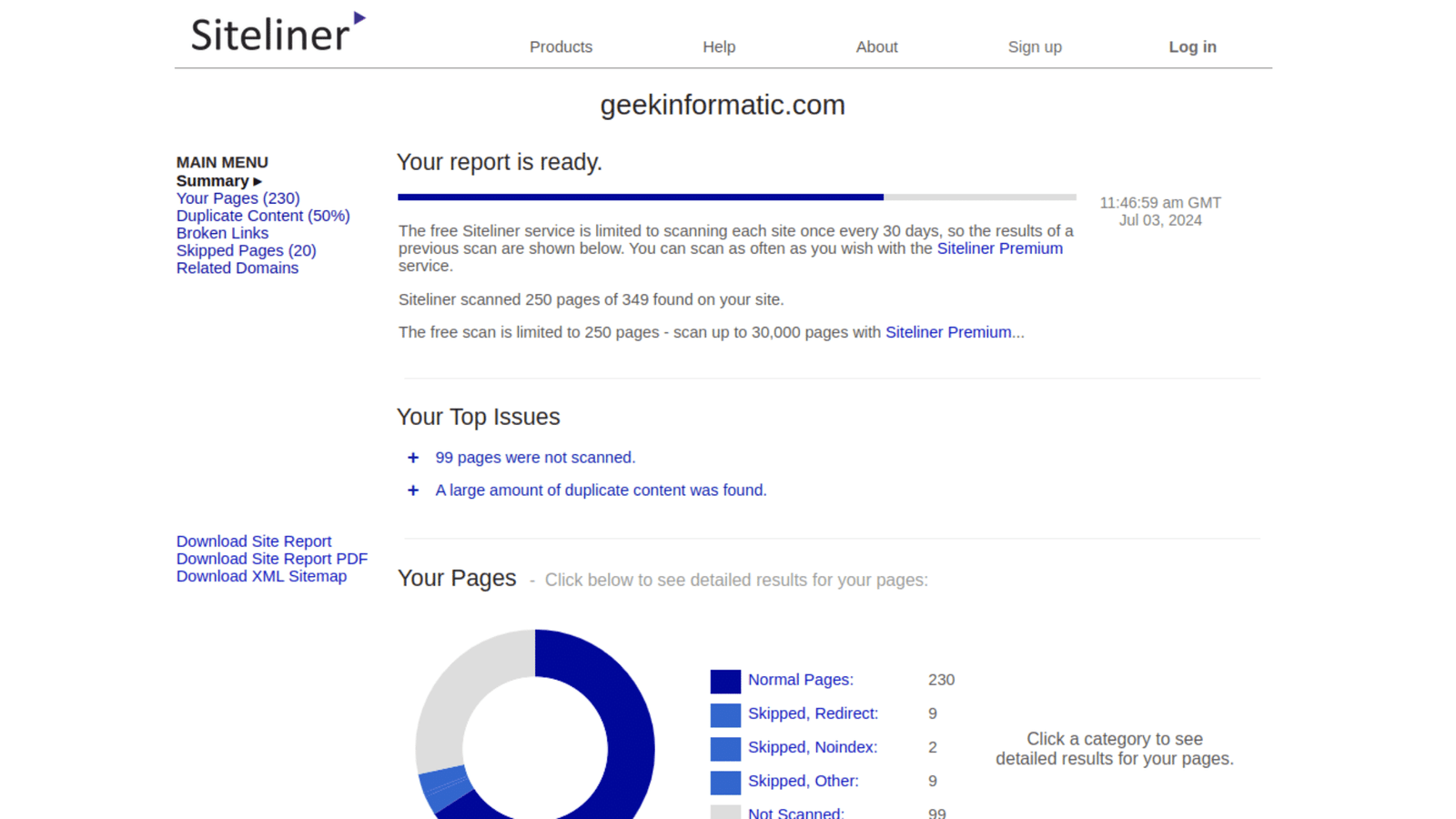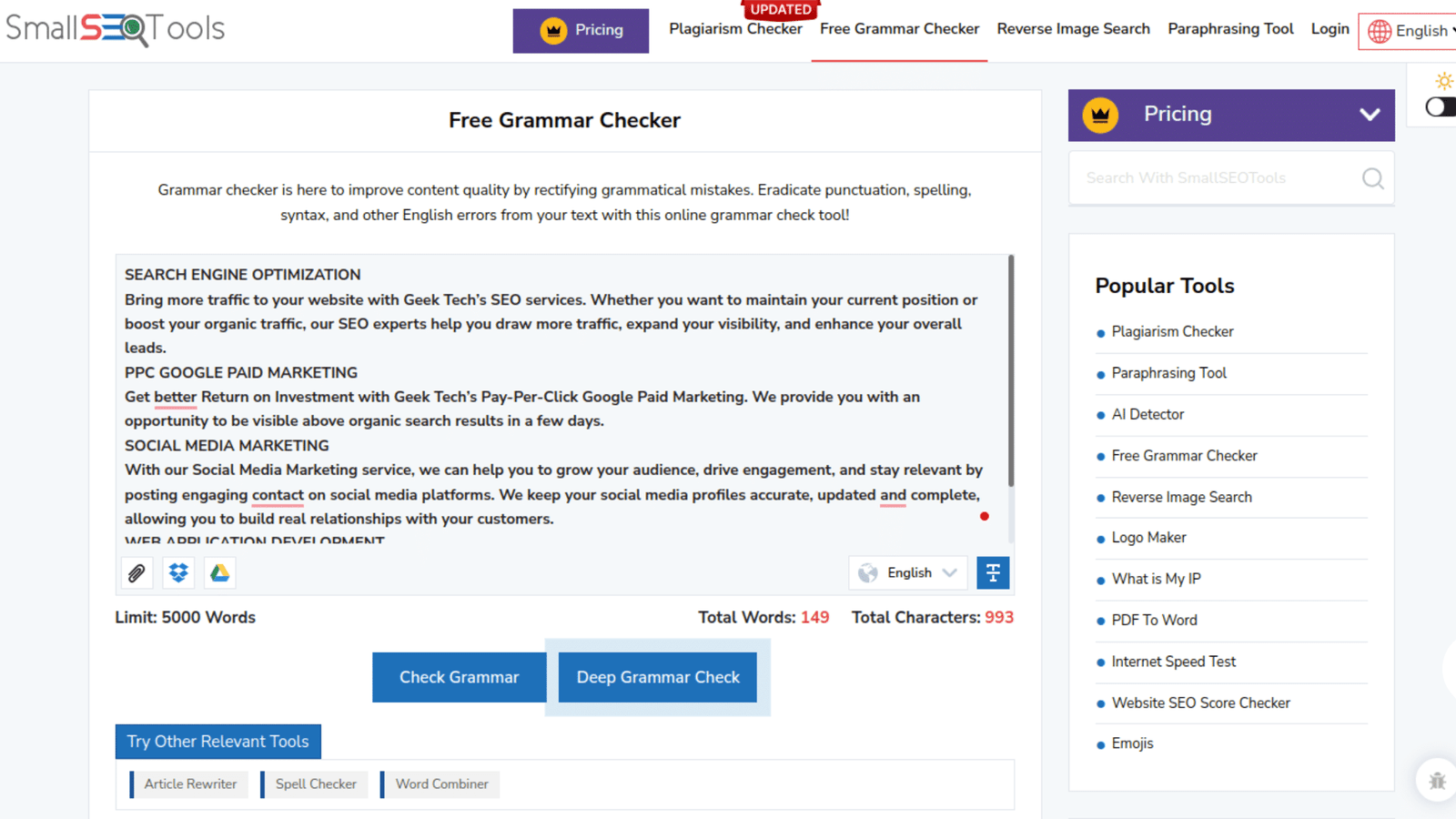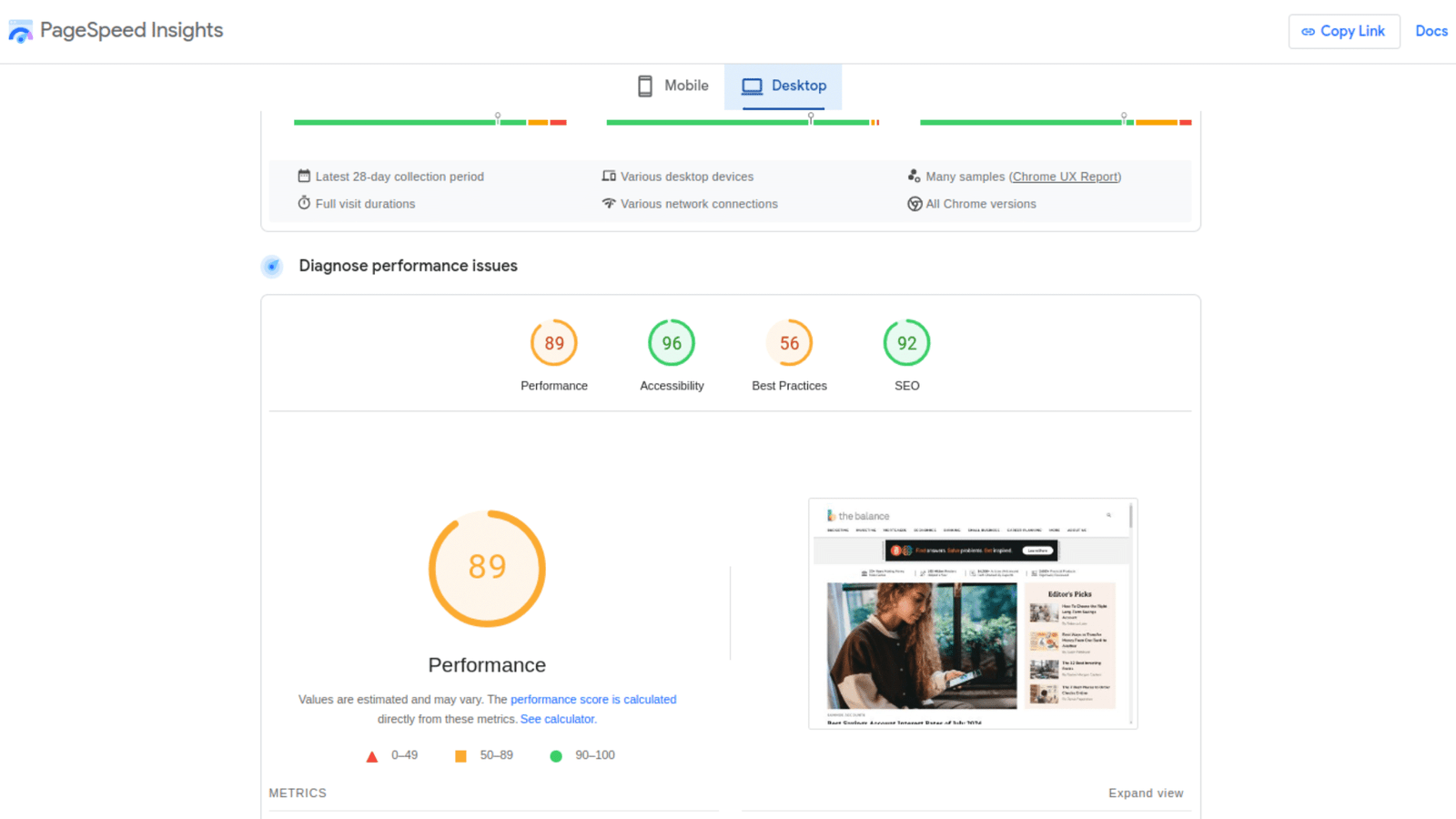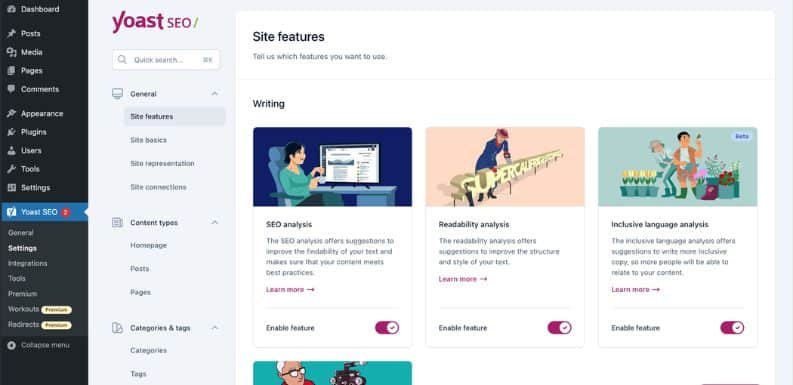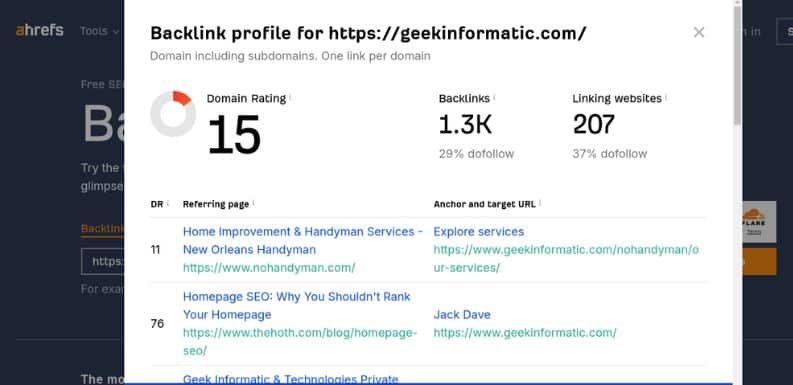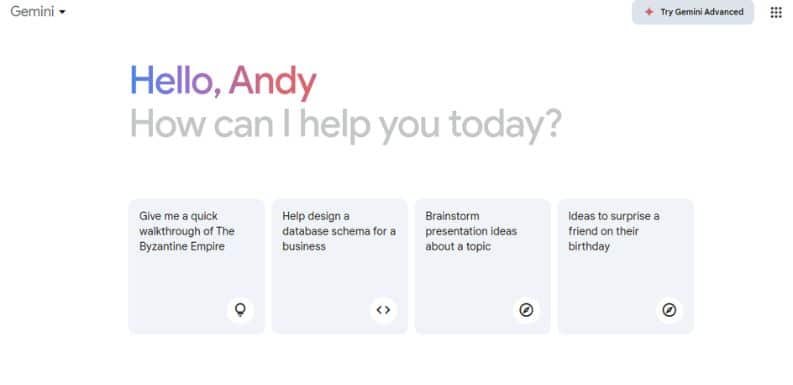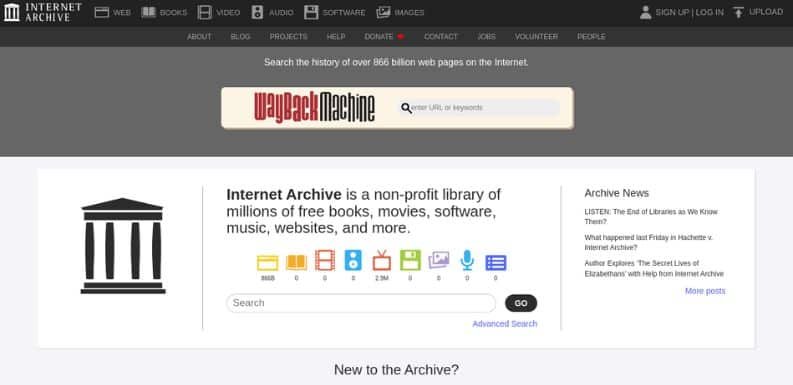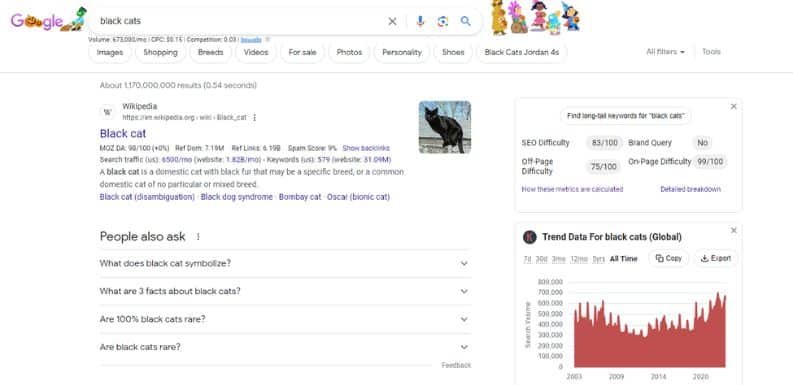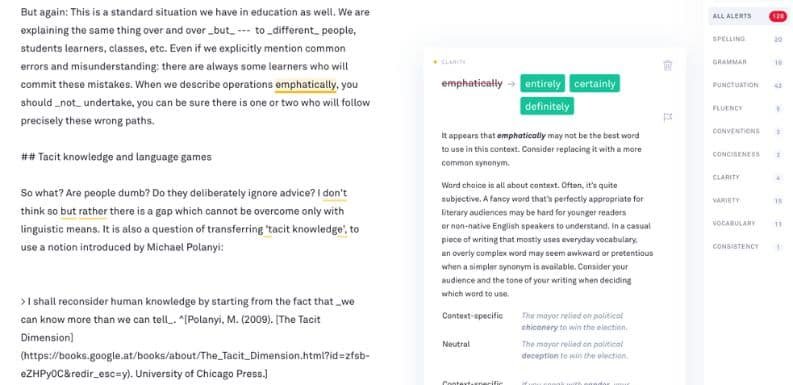How AI is Changing SEO: The Future of Search Engine Optimization
The search engine optimization process has evolved in the last few years. Artificial Intelligence makes this possible. Now, AI changes how SEO experts build strategies. Not only that, AI helps users find top search results. AI influences how search engines understand content. This shift affects every business that wants visibility online. This blog explores how AI reshapes SEO today. It also explains what the future of search looks like. Readers will gain practical insights and a clear path to stay ahead.
The Evolution of SEO in the Age of AI
SEO started as a simple practice. It helps websites rank with well-optimized content and the right keywords. Websites built basic backlinks, and here search engines followed basic rules.
The early systems were not that advanced. It did not understand the context. They did not understand the user goals and natural language. AI changed all of this.
-
From Keyword Stuffing to Intent Optimization
Search engines once relied on exact keyword matching. That method created unnatural content. It also created poor user experiences. AI helped search engines understand user intent.
Now, with AI, search engines read a full sentence and detect its meaning. AI-trained algorithms analyze patterns in millions of search queries. This made SEO more natural. It also made content quality far more important. Sites that answer real questions now perform better than sites that simply repeat phrases.
-
The Rise of Machine Learning in Search Engines
Google launched RankBrain. This change marked the rise of machine learning inside search. RankBrain learned from user behavior. It studied how people clicked and how long people stayed on a page. More importantly, it understands whether a page satisfied a need.
BERT and MUM followed RankBrain. These advanced systems read language like humans do. They understand nuance and context. These models connect ideas and link concepts across large blocks of text. They also allow search engines to interpret queries that humans phrase naturally. This makes SEO more advanced and more competitive.
How AI Is Transforming Modern SEO
AI influences every part of modern SEO. It changes the way content ranks and the way businesses research keywords. AI transforms how teams handle technical work. This development reshapes how companies find link opportunities. Additionally, with the help of AI SEO experts drives new habits and strategies.
-
AI-Powered Search Algorithms
AI algorithms analyze queries in depth. They detect meaning behind each word. Users get the most relevant pages because of these algorithms. Semantic search guides this process. It studies relationships between ideas and helps the engine predict what users want. This AI-powered algo engine delivers personalized results.
People see pages based on past behavior. They see pages based on search patterns. This creates a more accurate search experience. It also forces businesses to offer more helpful and original content.
-
AI in Content Creation and Optimization
AI tools assist writers and SEO teams. These tools analyze top-ranking content. They extract common structures. They recommend headings and highlight missing points. AI optimization helps writers understand what readers expect.
AI tools also improve readability and suggest smoother phrasing. These tools test clarity and also identify weak sections. Content creation with AI ensures a strong flow in every article.
-
AI for Technical SEO
Technical SEO once required manual auditing. Teams spent long hours on error checks. They looked for broken links and checked site speed. SEO experts also tested mobile performance and verified schema markup.
AI automates these tasks. AI tools crawl websites faster than humans. They detect issues instantly. They also make predictions about future technical risks. Some AI tools create schema markup with a single click. This saves time. It also ensures accurate search enhancements.
-
AI in Link Building and Digital PR
Link building takes time. It requires research and outreach. This also requires trust building. AI improves every step. AI identifies high-value prospects. AI checks domain authority.
Furthermore, AI scans content quality. AI predicts whether outreach will succeed. Companies save hours of work with AI. They also build stronger links. They reach better sites. They secure placements that help long-term performance.
-
AI and Voice Search Optimization
Voice search grows fast. People ask questions in natural language. They speak full sentences. They use a casual tone. AI helps search engines interpret these voice patterns. Voice search focuses on long tail queries. Voice search focuses on conversational answers.
Businesses must adapt. They must answer questions clearly. They must structure content for featured results. They must think about real speech patterns. AI makes this shift easier by analyzing how users talk and what they expect.
Benefits of Using AI for SEO Strategy
AI offers significant benefits to businesses. These benefits influence strategy. They influence workflow and performance.
-
Improved Efficiency and Reduced Costs
AI handles repetitive tasks. It automates keyword research. It automates technical audits. It automates competitor analysis. This saves time. It reduces labor costs. It allows teams to focus on creative strategies and high-value tasks.
-
Better Data Interpretation and Decision Making
SEO relies on data. AI systems read large data sets. They detect patterns faster than humans. They predict trends. They highlight opportunities. They warn about threats. This makes decision-making smarter. Teams build stronger strategies. They act early and stay competitive.
-
Consistent Content Production at Scale
AI helps teams produce content regularly. AI builds outlines. AI analyzes top pages. AI helps writers stay consistent. Teams use AI to scale production without losing quality. They create blogs. They create landing pages. They create guides. They maintain a steady publishing rhythm.
-
Enhanced User Experience Through Personalization
AI personalizes search. It matches users with pages that fit their interests. This pushes businesses to build personalized experiences. Websites must offer a clear structure. Websites must offer strong visuals. Websites must load fast. AI rewards pages that support user satisfaction. This creates a better user journey.
The Future of SEO in an AI-Driven World
SEO continues to evolve. AI will shape every stage of this evolution. Businesses must prepare.
-
Human AI Collaboration
The strongest results come from teams that combine AI strengths with human creativity. AI handles data. Humans handle insight. AI produces drafts. Humans refine tone. This partnership produces powerful outcomes. It becomes the new standard.
-
Increased Focus on Expertise, Experience, Authority, and Trust
Search engines value E E A T more than ever. AI systems highlight pages that show strong expertise. They look for human experience. They reward authority. They promote trustworthy content. Businesses must present credentials. They must include expert contributions. They must show transparency.
-
Predictive SEO and Real-Time Optimization
AI predicts trends. AI studies user behavior. AI adjusts strategies instantly. This creates predictive SEO. It allows businesses to act before competitors. It supports real-time optimization. Teams see what works. Teams fix issues quickly. Teams respond to user needs faster.
-
Greater Emphasis on Multimedia and Interactive Search
AI improves image search. AI improves video search. AI supports interactive experiences. Search engines highlight mixed media formats. Businesses must use visuals. They must use videos. They must offer tools and interactive elements. These elements support higher engagement and higher rankings.
Conclusion
AI changes SEO forever. It transforms how search engines work. AI is not just an assistant in SEO strategies, but also helps content rank. It changes how users interact with search. Businesses must adapt and use AI intelligently. They must combine AI with human insight. For better online visibility, businesses should focus on expertise and value. Meet Geek Informatic and Technologies Pvt. Ltd., SEO experts who help companies grow online. Contact them today. The future belongs to brands that understand the power of AI and embrace it with strategic thinking.
UX Meets SEO: How Great Web Design Can Skyrocket Your Search Rankings!
A few years ago, SEO used to be about keywords, backlinks, and cramming as many details as possible in a webpage. However, nowadays, everything is totally different. Google has become smarter, a lot smarter. It does not rank websites according to what is contained on the page only. It is now very keen to know how individuals are experiencing when they are on your site.
Here is the place where UX, or user experience, comes in.
SEO is not only about appearing in search results anymore, but it is also about satisfying the user when they open your site. When your site is slow, disoriented, or disorganized, the visitors will not be able to hang around. And guess what? Google notices.
That is the reason why UX and SEO are no longer distinct. They are the ideal couple, and when combined, your online site can rise to the top quicker than you would think.
What Is User Experience (UX) in Web Design?
To put it simply, UX refers to the ease, smoothness, and pleasure with which one may use your website. Imagine a case of entering a shop. When there is a sloppy aisle, difficult-to-read signs, and staff turning a deaf ear to you, you will just drop out. A website works the same way.
Content navigation is easy with good UX. Bad UX makes users bounce.
Key Elements of UX
- Page hierarchy and navigation: Do menus make sense?
- Visual readability: Can fonts be read? Are the colors comfortable to the eyes?
- Page speed: Can the site be loaded within one or two seconds?
- Interaction design: Can it be an easy tap or a click?
- Mobile experience: Is the site resized to all screen sizes?
- Accessibility: Is it easy to navigate for all users who have not been given special attention?
UX may sound like design-only, but it affects SEO in much larger ways than most individuals may realize.
How UX Directly Impacts SEO
1. User Engagement Signals
Google monitors user behavior on your site. And will they abide and venture or depart in a few seconds? Good UX helps visitors continue reading, clicking, and navigating, generating favorable indicators such as increased dwell time, reduced bounces, and increased pages per visit. These are cues that indicate that your site is worth something to Google.
- Page Speed and Core Web Vitals.
The Core Web Vitals at Google estimate the speed and stability of your site to users:
- LCP (Largest Contentful Paint) – the speed of the main content.
- FID (First Input Delay) – the responsiveness of the site.
- CLS (Cumulative Layout Shift) – the stability of the layout.
When your site loads slowly or vibrates, you lose in your rankings.
3. Mobile-Friendly Design
Google uses mobile-first indexing because most of the searches occur on mobile. In other words, when your mobile site is poor, your SEO is poor.
4. Clear Navigation Helps Google Crawl Better
In case your site structure is easy and sensible:
- Users find things quickly.
- Googlebot knows better what is on your pages.
- Your material is indexed and ranked quickly.
Why Good Web Design Improves Search Rankings
1. Makes life easier and generates leads
Good UX removes confusion. Visitors are well aware of what they need to click, what they need to read further, and how to proceed. This raises conversions, and satisfied users result in improved SEO.
2. Develops trust and credibility
Research indicates that users make their decisions about the credibility of websites in a few seconds. Instant trust is created by clear images, adequate spacing, and well-balanced colors. A reputable site is bound to receive repeat traffic, increased interaction, and referrals.
3. Favors improved content interaction
The best content would not work if the layout is a mess. Good UX is also characterized by brief paragraphs, unchallenging headings, bullet points, and neat spacing. This will assist the users in reading longer and more, further increasing rankings.
4. Enhances site architecture
Surprisingly orderly design enhances user experience. It also strengthens your internal linking process, as it can make Google perceive your content hierarchy.
UX Design Elements That Boost SEO
Fast, Lightweight Pages
To increase the speed of loading, compress images, cache, minify bulky scripts, and lazy load. Google has one of the largest ranking factors for speed.
Mobile-Responsive Layouts
Responsive design makes the text not small, makes it easy to tap buttons, and makes the menus clean and fit any screen. This will be critical to the success of SEO since mobile traffic is the dominant one.
Scannable Content Layouts
The most successful pages can be skimmed. Have descriptive headings, spacing, and paragraphs. This enables users (as well as Google) to know what your page is all about in a very short period of time.
Crystal-Clear Navigation
Menus should feel natural. Breadcrumbs assist the visitor in keeping track of his or her position. The less confusion = the longer the sessions, and the higher the rankings.
Visual Stability
Prevent non-advertising layout shifts, image loading delays, etc.
The stable designs enhance your Core Web Vitals score and maintain calm among the visitors.
Accessibility Enhancements
Basic changes, such as alt text, the appropriate color contrast, and readable fonts, not only assist more users but also enhance SEO activities.
How to Combine SEO Strategy With UX Design
Step 1 – Start With User Intent
Pay attention to the things that users search for and why. Each page is supposed to respond to a definite question.
Step 2 – Design a Clean, Conversion-Friendly Design.
Locate information in the expected place for the users. Minimize complications in CTAs.
Step 3 – Technical SEO Optimization + Core Web Vitals.
This involves optimization of the server, optimized media, and optimized JavaScript. The combination of them enhances UX and SEO.
Step 4 – Have SEO-Friendly Navigation.
Use simple URLs, internal links, and clear menus that allow the user to navigate through the pages.
Step 5 – Test the Experience on a regular basis.
Test heatmaps, A/B test, and study the real behavior of the users. Minor adjustments tend to yield major outcomes.
FAQs
Q: What is the impact of UX on SEO ranking?
A: The UX determines the duration of stay, ease of navigation, and speed with which your pages open. The engagement signals have direct impacts on rankings.
Q: What is the UX factor that matters the most regarding SEO?
A: The strongest ranking factors are currently speed and mobile friendliness.
Q: Will a redesign help me to increase my SEO?
A: Absolutely. A new design is better in terms of navigation, content, and speed, which are all key to ranking high.
Q: Is Google officially acknowledging that UX is important with regard to SEO?
A: Yes. The adoption of such features as the Core Web Vitals and mobile-first indexing indicates that UX has become part of SEO.
Q: How frequently do I need to refresh my website design?
A: Once every 2-3 years is recommended, or even earlier in case the user behavior or design trends change.
Conclusion
Keywords and backlinks are no longer important in SEO, but it is more about creating a site that people would like to use. Google rewards you by making you much more visible when your site loads fast, looks clean, is easy to navigate, and provides solutions to real user needs.
Simply put: Good UX = Better SEO = Higher Ranking.
Whether you are willing to create a website that is user-friendly and Google-like, the professionals at Geek Informatic and Technologies Pvt. Ltd. can assist you. We develop an effective, search engine-optimized design that will create tangible results.
What Is Shopify CRO? How to Build a Strategy That Converts
Just having a Shopify store is insufficient in today’s fast-paced e-commerce environment. Spending money on advertising will draw thousands of people, but it is a lost effort if those visitors do not become paying consumers. Conversion Rate Optimization (CRO), therefore, becomes quite helpful. Whether you run a seasoned Shopify store or are just starting, knowing what CRO is and how to apply it to your company may be the secret to releasing exponential expansion.
This blog explores conversion rate optimization, its importance, and how you may create a strong CRO plan for your Shopify store, producing quantifiable outcomes.
What Is Conversion Rate Optimization (CRO)?
Whether adding a product to their wish list, signing up for a newsletter, or making a purchase, Conversion Rate Optimization (CRO) is the process of enhancing your website to raise the percentage of visitors that complete a desired activity. In the context of Shopify, that mostly refers to converting more store visitors into customers.
Here’s a basic equation: Conversion Rate = (100 x Number of Conversions / Total Visitors)
Your conversion rate, for instance, is 3% if your Shopify store gets 5,000 monthly visits and 150 of them make purchases. Making that 3% higher is the aim of CRO optimization. This does not always mean more visitors.
Why CRO Matters for Shopify Stores
Investing in CRO makes sense for almost endless reasons.
- Enhanced ROI: Your current traffic will help you to make more money.
- Higher conversions imply that you require fewer visits to reach the same sales, thus decreasing the Customer Acquisition Cost (CAC).
- Improved purchasing experiences come from a well-optimized store.
- Sustainable Development: You maximize the potential of your site so you expand naturally rather than depending just on sponsored adverts.
CRO conversion rate optimization is about making your current visitors smarter and harder.
Signs Your Shopify Store Needs CRO
When should one start investing in methods of conversion rate optimization? Look for these warning indicators:
- High bounces
- Minimal average session length
- Regular abandoning of carts
- Poor purchase or click-through rates
- Minimal sales, yet lots of traffic
Your analytics should reveal any of these problems; hence, you should start treating CRO seriously.

Step-by-Step: Building a Shopify CRO Strategy That Works
A CRO plan goes beyond just adjusting button colors. Research, testing, and ongoing improvement comprise it. Here’s how to handle it:
1. Know Your Audience Inside-Out
Deeply knowing your visitors is the first step towards an effective Shopify CRO.
- Who are they? List your perfect client profiles, including age, gender, interests, purchase patterns, and income range.
- From where are they coming? Examine traffic sources: Google, Instagram, email, or referral-based landing from Google, Instagram advertisements, email campaigns?
- What motivates and causes them pain? Which difficulties are they seeking to address? Why would they be buying?
Track user behavior with instruments such as Google Analytics, Shopify Analytics, Hotjar, and Crazy Egg. Add user surveys, live chat transcripts, and product evaluations to provide actual, valuable insights driving smarter optimization choices.
2. Speed Up Your Shopify Store
Site speed directly affects conversions. Studies reveal that even a 1-second delay in page load time can lower conversions by up to 7%. Hence, performance optimization is essential in every Shopify CRO plan. Particularly on mobile, a slow-loading store annoys users and raises bounce rates.
- Optimize your Shopify store by compressing photos to cut file size without sacrificing quality.
- Using a lightweight theme designed for responsiveness & speed
- Reducing outside programs that include pointless clutter and script ads.
- Using lazy loading to postpone loading non-needed components until necessary.
Tools like GTMetrix or Google PageSpeed Insights can point up speed bottlenecks and direct fixes.
3. Clarify Your Value Proposition
Visitors should be immediately seen on your homepage and product pages, distinguishing your brand. Emphasize special qualities, advantages, or inventions missing from your rivals. Whatever it is—handcrafted excellence, environmentally friendly materials, quicker shipping, or exceptional pricing—make it known.
- What are you offering? Clearly state your goods or services in plain, striking terms. Steer clear of jargon and center on the actual needs of the client.
- Why is it important? Describe how your product saves time, solves an issue, or brings comfort and delight, enhancing the customer’s quality of life.
- Why are you unique? Emphasize your USP—unique selling proposition. It can be your guarantee, craft, technology, or story.
Use compelling writing, bold headings, and product images to underline your worth. Copy and visuals interact hand-in-hand. Make sure your website presents value, professionalism, and trust immediately.
Check out our Web Stories for more insights on Digital Marketing
4. Design for Simplicity and Clarity
A messy or unclear website design is a death sentence for conversion. Simplify user navigation and decision-making for them.
Pointers:
- Navigate using simple menus and filters.
- Put a search bar in there.
- List highlighted or best-selling items here.
- Create unambiguous call-to-action (CTAs).
5. Optimize Product Pages
Conversion machines should be your product pages. Principal components consist of:
- Superior videos and photographs
- Description with a benefit orientation
- Social proof comes from reviews and testimonies.
- Badges with trust
- Explicit policies for shipping and returns.
Recall: you are solving a problem rather than only marketing a good.
6. Streamline the Checkout Process
Often, the result of friction in the checkout process is cart abandonment. Simplify it by using:
- Providing guest check-out
- Cutting the count of form fields
- Giving several payment choices
- Incorporating a progress indicator
- Offering comfort ( SSL certificate, money-back promise)
7. Utilize CRO Conversion Rate Optimization Techniques
These are some effective methods to evaluate and apply:
- A/B tests Investigating: Test several headlines, CTAs, layouts, and graphics.
- Discounts when users try to leave indicate intent.
- Urgent and scarce nature: Create low-stock alerts or countdown clocks.
- Retargeting ads: Bring back people who missed the first-time conversion.
- Live chat to help consumers instantly overcome purchasing uncertainty.
Check Out Our Another Blog!
Top AI-Powered SEO Tools to Automate Your Optimization in 2025
8. Boost Social Proof
Consumers believe in other consumers. Use social evidence using verified reviews.
- User-generated material, or uGC
- Google/Trustpilot review integrations
- Influencer shout-outs
- Observing others having a good experience helps you to strengthen your brand.
9. Re-Engage Abandoners
Keep going despite missed sales. Apply re-engagement techniques, including abandoned cart emails.
- Facebook or Google Ad retargeting
- SMS for marketing
- Push alerts
Sometimes, consumers only need a prod to return and finish their transaction.
10. Track, Test, Tweak, Repeat
CRO is not a set-it-and-forget-it deal. It calls for constant iteration.
Use tools like Google Optimize VWO.
Clearly define KPIs, execute tests, evaluate the outcomes, and base decisions on facts. Improve your site experience constantly to align with actual user behavior.
Make CRO a Long-Term Strategy
What is conversion rate optimization if not the secret sauce behind e-commerce success? Using the correct strategy will raise conversions without raising your marketing budget. The outcomes can be transforming, whether they be enhancing site speed, optimizing product pages, streamlining the checkout process, or applying conversion rate optimization tactics.
However, here’s the hitch: CRO isn’t a one-time chore. It’s an ongoing path of inquiry, education, and development. You need a plan based on facts and a perspective that prioritizes the client experience.
Partner With Experts: Geek Informatics & Technologies Pvt. Ltd.
Working with specialists is a wise decision if you wish to apply a CRO approach but are unsure where to start.
Geek Informatics and Technologies Pvt. LTD specializes in enabling Shopify companies like yours to unlock expansion via customized CRO conversion rate optimization solutions. Their staff will help you turn your store into a high-converting machine using modern tools, data-driven methodology, and enthusiasm for success.
Let possible clients not vanish. See us to learn more and bring your Shopify store forward.
How to Improve Your Landing Page Conversion Rates in 5 Steps
Landing pages are the best way to engage visitors and turn them into customers. Still, not every landing page fulfils this purpose. So, to maximise the conversion rate on your landing page, it is necessary to imply a well-formatted conversion rate optimisation strategy. This blog has five actionable steps that will help you acquire the maximum conversion rate on your landing page.
Let’s discuss the top strategies and increase your conversion rate!
Here Are The 5 Proven Steps to Boost Your Landing Page Conversion Rate
1. By Understanding Your Audience
You can improve your landing page by understanding your audience. Even the most visually appealing design fails to resonate without knowing who you are targeting. So, start gathering data of your visitors, such as:
- Demographics: Age, gender, location, and occupation.
- Behavioural Patterns: How people walk through your site and spend time on what portions of the page.
- Pain Points and Goals: Know what the audience is trying to solve or what they are trying to achieve.
Pro Tip: Create Buyer Personas
To better understand the audience, start by developing detailed buyer personas. These personas are fictional but research-based profiles that represent your ideal customers. By analysing factors like demographics, interests, and online behaviour, you can craft accurate personas. These profiles then serve as a guide to both your content and design. This ensures that your landing page aligns with your audience’s needs and expectations.

Using tools like Google Analytics and Heatmaps can provide valuable insights into user behaviour. Heatmaps can reveal which parts of your landing page attract the most attention. This helps you position key elements strategically. This knowledge forms the foundation for an effective conversion rate optimisation service specific to your audience’s needs.
2. Simplify Your Design
A messy landing page can irritate visitors. This can cause them to leave the page without taking any action. Keep the landing page design simple and focused to improve your website conversion rate. You can follow the below key principles while creating a landing page:
- Minimalism: Remove unnecessary elements and distractions.
- Readable Content: Use clear fonts, short paragraphs, and bullet points.
- Strong Visual Hierarchy: Highlight important sections like headlines and CTAs (call-to-actions) with contrasting colours or larger text.
Pro Tip: The Use of White Space
White space or negative space is an important design element. It prevents overcrowding of words or visuals. It guides the visitor’s eye to key components of the page. Proper use of white space can make your landing page appear clean and eye-catching.
Additionally, make sure your landing page is mobile-friendly because most users browse through mobile. A responsive design really makes a difference in improving your conversation. Use tools like Google’s Mobile-Friendly Test to ensure perfect performance across different devices.
3. Craft Compelling Headlines and Copy
Your landing page headline is the first thing visitors notice. So, make it compelling, concise, and relevant. A strong headline grabs attention and encourages visitors to stay. For instance:
- Highlight the benefits of your product or service.
- Use actionable language to create urgency (e.g., “Boost Your Sales Today”).
Pro Tip 1: Supporting Copy That Converts
Supporting copy should be equally engaging and aligned with the conversion rate optimisation techniques you employ. Try to focus on the following points:
- Clarity: Give a clear message of what you offer and why it is valuable.
- Benefits-focused: Explain how your product or service solves the problems.
- Social Proof: Use testimonials, reviews, or case studies in the copy. It can be used to build trust. For example, a short customer testimonial like “This tool increased our sales by 30% in just one month” can greatly impact credibility.
Pro Tip 2: Visual Storytelling
Use compelling visuals to capture your audience’s attention. Include your copy with appropriate images, such as icons or infographics, that break up text and communicate information in a consumable and engaging way. For example, use infographics to summarise statistics or icons to illustrate key benefits. Visual storytelling simplifies complex ideas. This makes it easier for the audience to understand your agenda.
Also you can Checkout our webstories to know more marketing strategies!
4. Optimise Your Call-to-Actions (CTAs)
A strong CTA can significantly improve your landing page performance. CTA guides users toward the desired action. For signing up, making a purchase, or downloading a resource, a perfect CTA always works. To optimise your CTAs, you can do the following things:
- Make Them Visible: Use contrasting colours and position them prominently.
- Use Actionable Language: Phrases such as “Get Started,” “Sign Up Now,” and “Learn More” encourage the audience to take action.
- Limit Options: Avoid giving too many choices to your audience, as it can confuse them.
Pro Tip: Test Different CTAs
Testing multiple CTAs is crucial to getting a good conversion rate optimisation strategy. A/B testing helps you decide whether text, colour, or layout is most effective for your target demographic.
5. Test and Refine Continuously
Conversion rate optimisation is a continuous process. Even after implementing the above steps, testing and refining your landing page is crucial. Regularly check its performance by:
- Tracking Key Metrics: Monitor bounce rates, click-through rates, and conversion rates.
- Gathering Feedback: Use surveys or user testing to identify pain points and areas for improvement.
For instance, if your current design isn’t delivering results. Try adjusting the layout or simplifying the navigation. Small changes can lead to significant improvements in your website conversion rate.
Pro Tip: Analyse Competitors
Look at high-performing landing pages from competitors in your industry. Analyse their design, messaging, and CTAs for inspiration. Identify areas where you can outperform them.

Bonus Tips for Enhanced Conversion Rates
Create a Sense of Urgency
Encouraging visitors to take immediate action can improve conversions. Add elements like countdown timers and limited-time offers. You can also showcase exclusive deals to create urgency. For instance, a banner stating, “Offer ends in 24 hours!” can motivate users to act quickly.
Focus on Page Speed
A slow-loading page can lose the interest of potential customers. For such issues, tools like Google PageSpeed Insights can be used to identify and fix performance issues. Fast-loading pages are important for improving your website conversion rate. Use compressed images and enable browser caching. Additionally, a reliable hosting service should be used for optimal results.
Conclusion
The most important thing to know about your audience is what makes a successful page. You can create a high-performing page. To achieve this, simplify your design, craft compelling headlines, optimise call-to-actions, and continuously test. If you are a business owner or dependent on conversion rate optimisation services, partner with Geek Informatics & Technologies Pvt. Ltd. to achieve better results.
No-Cost SEO: 25 Free Tools to Boost Your Rankings (No Credit Card Required)
In the field of modern digital marketing, there is no way to stay behind in the competition to get the rankings and excellent results you want for your online platforms. There are endless online tools in the market that are already helping professionals. We have done in-depth research and found the best free SEO tools. As the list we have created contains the tools that offer free trials and versions, you can try them and check if they are suitable for your business needs or not. Let’s have a look at them!
Microsoft Clarity
The first tool on the list is Microsoft Clarity. It is a free web analytics tool. Microsoft Clarity is designed to help website owners understand user behaviour and, according to that, improve user experience. This No Cost SEO tool offers detailed insights through features like heatmaps and session recordings. They allow you to see how visitors interact with your site and identify areas for optimisation.
Features:
- Heatmaps: Track user clicks and scrolls.
- Session Recordings: Replay user interactions.
- User Insights: Detailed behavioural analytics.
- Performance: Real-time data with minimal impact on site speed.
- Integration: Seamless connection with other Microsoft services.
SE Ranking Free for 14 days
SE Ranking is another tool with exceptional benefits. The interesting part is that it offers a comprehensive SEO platform with a 14-day SEO tool free trial. This platform allows different users to explore its features without commitment. It facilitates keyword research, website analysis, and competitor tracking for better results. Besides, SE Ranking helps businesses to enhance their search engine rankings and online visibility.
Features:
- Keyword Research: Discover and analyse keywords.
- Website Audit: Identify and fix site issues.
- Competitor Analysis: Monitor and compare competitors.
- Rank Tracking: Track keyword rankings.
- Backlink Analysis: Evaluate and manage backlinks.
GTmetrix
GTmetrix is another powerful website performance analysis tool. It is effective for users to optimise their website’s speed with overall performance. Besides, GTmetrix helps users check detailed insights into your website’s performance metrics. It will enable you to identify and resolve the problems behind the slow speed of your website.
Features:
- Performance Reports: Comprehensive performance metrics.
- Speed Optimisation: Recommendations for improving load times.
- Waterfall Charts: Visualise resource loading sequences.
- Video Playback: Analyse page loading with video recordings.
- Historical Data: Track performance over time.
Screaming Frog
Another effective tool on the list is Screaming Frog. It is a robust website crawler tool used for SEO analysis. It aids you in identifying and fixing SEO issues by crawling your site. Further, it provides you with detailed reports on different elements like broken links, duplicate content, and meta tags. These can enhance your site’s search engine performance.
Features:
- Site Audit: Comprehensive crawling and SEO analysis.
- Broken Links: Identify and fix broken links.
- Duplicate Content: Detects duplicate pages and content.
- Meta Data: Analyse and optimise meta tags.
- Integration: Connect with Google Analytics and Search Console.
Email Extractor Chrome Extension
Next, we have an Email Extractor Chrome Extension. It is a convenient and one of the best free SEO optimization tools for extracting email addresses from different websites and web pages. Moreover, it simplifies the process of collecting email addresses with automated scans and effectively saves them. Moreover, it makes it ideal for marketing, lead generation, and contact management.
Features:
- Automatic Extraction: Collects emails from websites and web pages.
- Easy to Use: Simple installation and user interface.
- Export Options: Save extracted emails to CSV or text files.
- Real-Time Extraction: Gather emails as you browse.
- Customisation: Filter and extract emails based on specific criteria.
SEO Quake Chrome Extension
SEOquake Chrome Extension is another powerful SEO tool. It provides different metrics and evaluations for web pages. The tool helps users examine the SEO health of their websites. It does it by conducting a competitive analysis and improving search engine rankings by offering instant SEO data directly within the browser.
Features:
- SEO Metrics: View key metrics like PageRank, Alexa Rank, and more.
- On-Page SEO Audit: Analyse page health and optimisation.
- Keyword Analysis: Examine keyword density and usage.
- SERP Overlay: Access SEO data within search engine results.
- Export Data: Save and export SEO analysis reports.
ChatGPT
Another exceptional tool is ChatGPT. It is an advanced language model used to generate human-like text based on user input. Besides, this No Cost SEO tool can be used for various applications. It can create content, provide customer support, and conversational agents. Moreover, it offers accurate and context-aware responses to enhance user interaction.
Features:
- Natural Language Processing: It understands and generates human-like text.
- Context-Aware Responses: It maintains context in conversations.
- Versatile Applications: Suitable for content creation, support, and more.
- Customisation: Tailor responses to specific needs.
- Continuous Learning: Improves over time with new data and feedback.
BrightLocal is free for 14 days
BrightLocal is the following tool on our list, and it offers a complete suite of local SEO tools. With the use of this tool, the users can get a 14-day SEO tool free trial. It allows users to improve their local search performance. Besides, it offers solutions for tracking local rankings, managing online reviews, auditing local SEO, and monitoring competitors. It also helps businesses to effectively enhance their local online presence.
Features:
- Local Rank Tracking: Monitor local search rankings.
- Review Management: It tracks and responds to online reviews.
- SEO Audits: Conduct detailed local SEO audits.
- Citation Tracking: Manage and monitor local citations.
- Competitor Analysis: Analyse local competitors’ performance.
Answer The Public
Further, Answer The Public is also a significant keyword research tool. With the implementation of this No Cost SEO tool users can visualise the search queries and questions people ask online. Moreover, the aggregation of the search data helps content creators and marketers to properly understand the interest of their audience. It enables them to create relevant and targeted content.
Features:
- Visualisations: Display search queries in a visual format.
- Keyword Research: Discover popular keywords and questions.
- Content Ideas: Generate content ideas based on search data.
- Insights: Gain insights into audience interests and behaviour.
- Export Data: Download search data for further analysis.
SEO Analysis & Website Review by WooRank (Chrome extension)
SEO Analysis & Website Review is a tool by WooRank. It is a Chrome extension that provides comprehensive SEO audits and website reviews. It helps users to identify and fix SEO issues. This tool is helpful to appropriately optimise the website performance. It can improve the search engine rankings by offering detailed insights and practical recommendations directly within the browser.
Features:
- SEO Audits: These help conduct in-depth SEO analysis.
- Website Reviews: Get detailed website performance reports.
- Actionable Recommendations: Receive specific optimisation tips.
- Keyword Tracking: Monitor keyword rankings.
- Competitor Analysis: Compare your site with competitors.
- Real-Time Data: Access up-to-date SEO metrics and insights.
Google Search Console & Google Analytics
Google Analytics and Search Console are absolutely the best free SEO tools that make website owners’ and marketers’ lives simpler. First of all, consumers may examine details about how Google sees your website with the support of the Search Console. Moreover, detailed information about customer behaviour may be obtained using Google Analytics. By putting these tools to use, users may enhance user experience, monitor website performance, and optimise their SEO tactics.
Features:
- Search Console: It monitors the website performance in Google search results.
- Analytics: Track traffic sources, user behaviour, and conversions.
- SEO Insights: Identify search queries and impressions.
- Audience Analysis: Understand visitor demographics and interests.
- Integration: Seamlessly combine data for comprehensive analysis.
Schema Markup Generator by Technical SEO
Technical SEO’s Schema Markup Generator is the next useful tool for SEO experts. It makes the process of creating Schema.org markup for various websites easier. Additionally, a lot of SEO professionals utilise this application to improve their websites’ visibility. Rich snippets and SERP displays may be enhanced by creating structured data markup that search engines like Google can understand and utilise.
Features:
- Easy Markup Creation: Generate Schema.org markup code quickly.
- Schema Types: Supports various Schema types like Organization, Product, and Event.
- Customisation: Customise markup fields to match specific content.
- Validation: Validate generated markup for accuracy.
- Integration: Easily integrate generated markup into website code.
Moz
Moz is an ultimate SEO tools provider. It offers different tools for keyword research, link building, site audits, and rank tracking. Moz helps businesses improve their search engine visibility and drive organic traffic by providing practical insights and recommendations according to comprehensive data analysis.
Features:
- Keyword Explorer: Research and analyse keywords.
- Link Explorer: Check the backlinks and domain authority.
- Site Audit: It does the side audit and then identifies and fixes technical SEO issues.
- Rank Tracking: Monitor keyword rankings over time.
- Competitive Analysis: Analyse competitors’ SEO strategies.
Google Trends
It is a No Cost SEO tool by Google. It is a tool that shows how often particular search terms are used relative to total search volume across various regions and languages. This tool helps users to identify trending topics, find search interest over time, and compare keyword popularity. It effectively offers valuable insights for managing content creation, marketing strategies, and SEO planning.
Features:
- Search Interest Trends: It tracks the popularity of search terms.
- Regional Insights: This tool views trends across different geographic locations.
- Related Queries: It also explores the related search queries and topics.
- Real-Time Data: The tool effectively accesses up-to-date search trend information.
- Visualisations: They share the graphical representations of search data trends.
Copyscape
Copyscape is a widely used plagiarism detection tool. It helps users to find instances of duplicate content on the web. The tool is exceptionally helpful for website owners, content creators, and SEO professionals. This is because it will ensure originality and avoid plagiarism issues by identifying the copied content and providing detailed reports on the sources.
Features:
- Content Plagiarism Detection: Identify duplicate content online.
- URL Checking: It properly scans specific web pages for copied content.
- Batch Search: It checks for multiple URLs or texts simultaneously.
- Protect Content: It helps to prevent content theft and plagiarism.
- Premium Services: Access more advanced plagiarism detection features.
Siteliner
Siteliner is a tool for analysing websites that assists in finding broken links, duplicate content, and other problems that impact the performance and SEO of the site. Website owners and SEO experts may utilise the comprehensive reports it offers to optimise their websites for enhanced search engine rankings and interactive user experience. These studies include internal page structure, content quality, and overall website health.
Features:
- Duplicate Content Detection: Identify duplicate content across the site.
- Broken Link Checker: It helps to find and fix broken links.
- Site Health Reports: Analyse internal page structure and content quality.
- Page Comparison: Compare content similarity between pages.
- Deep Crawling: Thoroughly analyse website content and structure.
SmallSeoTools.com
Online marketers, SEO experts, and content creators can employ a number of free SEO tools on SmallSEOTools.com. It offers the best free SEO optimization tools for backlink analysis, plagiarism detection, keyword research, and more. It exceptionally assists customers in raising the calibre and SEO performance of the content on their websites.
Features:
- Plagiarism Checker: Detects duplicate content across the web.
- Keyword Position Checker: Track keyword rankings.
- Backlink Checker: Analyse backlinks to a website.
- Grammar Checker: Correct grammar and spelling errors.
- Image Compression: Compress images for faster website loading.
Google Lighthouse
Google offers an open-source solution called Google Lighthouse to help with web page quality improvement. In order to give developers and administrators useful information, it examines web page performance, accessibility, SEO, and other areas. It helps in the optimisation of web pages for search engine presence, speed, and user experience.
Features:
- Performance Audits: Analyse page load times and resource usage.
- Accessibility Checks: Ensure web content is accessible to all users.
- SEO Audits: Evaluate the site’s adherence to SEO best practices.
- Progressive Web App (PWA) Analysis: Assess PWA capabilities.
- Best Practices: Recommendations for improving web page quality.
Google Mobile-Friendly Test
A common tool for assessing a website’s mobile friendliness is the Google Mobile-Friendly Test. It evaluates a website and offers usability ratings for mobile devices, highlighting problems that might negatively impact how well a user interacts with smartphones and tablets.
Features:
- Mobile Usability Assessment: Check if the website is mobile-friendly.
- Page Loading Speed: Evaluate mobile page load times.
- Responsive Design: Test how the site adjusts to different screen sizes.
- Usability Issues: Identify issues affecting mobile user experience.
- Recommendations: Receive suggestions for improving mobile compatibility.
Yoast SEO (WordPress Plugin)
A well-known WordPress plugin called Yoast SEO is used to optimise web pages for search engines. By giving advice on content readability, keyword optimisation, meta tags, and other topics, it gives customers the resources and skills they need to improve their on-page SEO and make it simpler to raise search engine ranks.
Features:
- Content Analysis: Evaluate content for SEO optimisation.
- XML Sitemap: Automatically generate XML sitemaps.
- Readability Check: Assess content readability and structure.
- Meta Tags Optimisation: Customise meta titles and descriptions.
- Social Integration: Preview and optimise content for social media sharing.
Ahrefs Backlink Checker
An effective tool for examining backlinks to any website or URL is Ahrefs Backlink Checker. It offers complete data on backlink profiles, including domain authority indicators, anchor text analysis, and the quantity of referring websites. With the use of this tool, marketers and SEO experts can more effectively understand their link profile and make proficient decisions to raise the authority and search engine ranks of their website.
Features:
- Backlink Analysis: Explore backlinks pointing to any site or URL.
- Referring Domains: Identify domains linking to your site.
- Anchor Text Analysis: View anchor text distribution of backlinks.
- Domain Authority: Assess domain authority metrics.
- Competitor Comparison: Compare backlink profiles with competitors.
Google Gemini Chatbot
Google created the AI-powered virtual assistant known as Google Gemini Chatbot. It integrates natural language processing (NLP) to comprehend and respond to requests and enquiries from users. It works as part of the Google ecosystem. This tool offers individualised support for a range of Google products and services.
Features:
- Natural Language Understanding: Processes and comprehends user input.
- Personalised Assistance: Offers tailored responses and recommendations.
- Integration: Works seamlessly within Google’s ecosystem.
- Multi-platform Support: Accessible across different devices and services.
- Task Automation: Executes tasks based on user commands and preferences.
Archive.Org
The Internet Archive, usually referred to as Archive.org, is a digital library that provides unlimited access to an extensive collection of previously published books, music, movies, software, and web pages. It offers snippets of internet history and cultural possessions while preserving digital material for historical and research uses.
Features:
- Web Page Archive: Access archived versions of websites.
- Media Archive: Explore collections of books, music, and videos.
- Wayback Machine: Browse historical snapshots of web pages.
- Open Access: Free and publicly accessible digital library.
- Research Tool: Provides resources for academic and historical research.
Keywords Everywhere
With the help of an extension for the browser called Keywords Everywhere, keyword research metrics can be seen directly in search engine result pages. Informed decision-making for content optimisation and marketing strategies is made easier for SEO experts and content producers by the information they get about search volumes, CPC (Cost Per Click), and competition statistics for keywords.
Features:
- Keyword Metrics: View search volume, CPC, and competition data.
- Real-Time Data: Access up-to-date keyword insights.
- Related Keywords: Discover related search terms and queries.
- Export Options: Download keyword data for further analysis.
- Integration: Compatible with multiple browsers for seamless use.
Grammarly
Grammarly is an AI-powered writing assistant that provides recommendations for grammar, spelling, punctuation, style, and tone to help users write better. It offers real-time feedback to improve the readability and efficiency of written communication. This tool interacts effortlessly with web browsers, Microsoft Office, and other apps.
Features:
- Grammar and Spelling Checks: Corrects grammar and spelling errors.
- Writing Style Suggestions: Improves sentence structure and style.
- Tone Detection: Ensures the appropriate tone of writing.
- Plagiarism Detection: Checks for originality of content.
- Browser Extension: Provides real-time feedback while writing online.
Conclusion
Embracing no-cost SEO tools not only conserves your budget but also unlocks powerful capabilities to enhance your website’s SEO performance. By leveraging these free resources, from comprehensive analytics to keyword optimisation and technical audits, you can refine your strategies without financial barriers.
Whether you’re an SEO professional or starting in the field, these free SEO tools offer valuable insights and optimisations. Besides, stay tuned with GeekTech as we keep publishing blogs on effective digital marketing concepts. We are an advanced firm using modern digital marketing strategies to take our clients to the next level of online success.
Major Benefits of Conversion Rate Optimization
No matter what the industry or your niche is, web admins cannot sideline the benefits of (CRO) conversion rate optimization. The goal of a website is to engage visitors and convert them into their customers. You need to hire a conversion rate optimization consultant that can help you drive the results you want. They can help you if you are looking for a conversion rate optimization service for your business. We have listed four benefits of conversion rate optimization service that one must know but first, let’s understand what conversion rate optimization is.
What is Conversion Rate Optimization
Conversion rate optimization focuses on providing a smooth experience to the users. Conversion rate optimization increases the percentage of the conversion from a website or application. It relies on analyzing data to develop strategies that influence users’ behavior. This can help your business grow.
Benefits of Conversion rate optimization
Now, you must know what conversion rate optimization is. Let us check a few benefits of conversion rate optimization.
Learn about the target audience
To know your customers is the basic and the most important thing for all forms of digital marketing. Our conversion rate optimization consultant can help you understand your target audience on various factors like location, age, interest, and demographics.
After knowing your target audience, you can engage visitors to your site. This can help your business give a prominent chance to generate more leads and revenue for your business.
It can help you increase your sales
The most apparent benefit of conversion rate optimization is that it can convert your leads into sales. Even the most minor changes in your conversion can do wonders for you and drive huge profits. Talk to our experts and know conversion rate optimization prices to get valuable and accurate information about our services.
Lower your customer acquisition costs
If you rely on paid advertising, each click that doesn’t get converted can be annoying. That’s where conversion rate optimization comes into the game. Among the many benefits of conversion rate optimization, lowering acquisition costs is one.
If your website is new, conversion rate optimization can be highly beneficial. It can help you generate more leads without cutting off your profits.
Boost your SEO
The aims of SEO and CRO are pretty different. SEO primarily focuses on more visibility and taking your website to the top rankings on Google. In contrast, conversion rate optimization focuses on prompting visitors to take some action on your website.
Wrapping it up
Conversion rate optimization is essential for all businesses. It is what drives your sales and revenue. These were a few benefits of conversion rate optimization. If you focus on CRO, you will make the user experience better. The Geek Informatics & Technologies Private Limited can help you if your company seeks conversion rate optimization services. Feel free to reach out to our conversion rate optimization consultants. We strive to help our clients and help you get desired results for your business.
